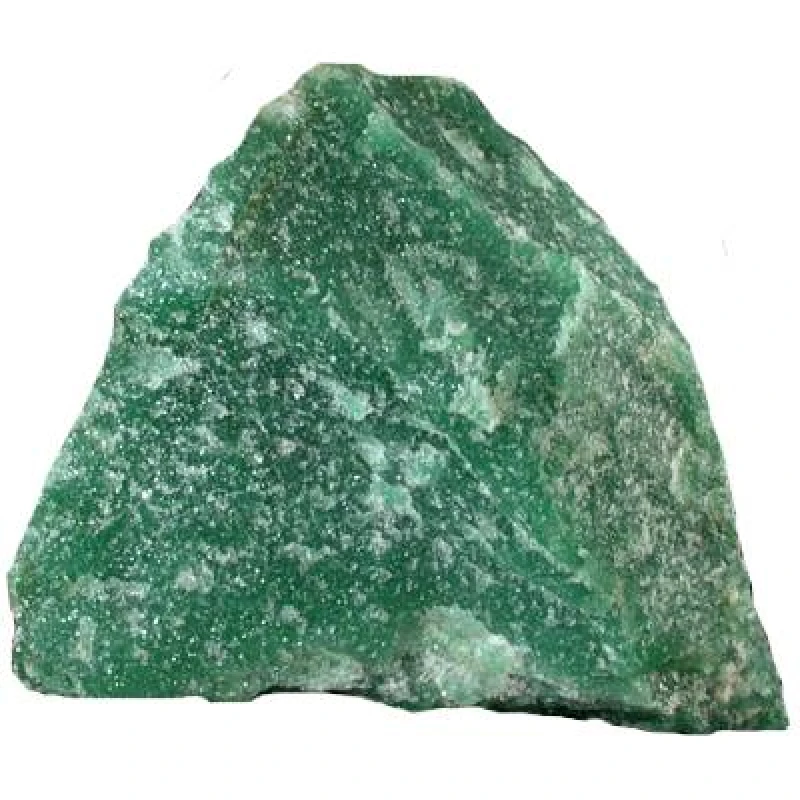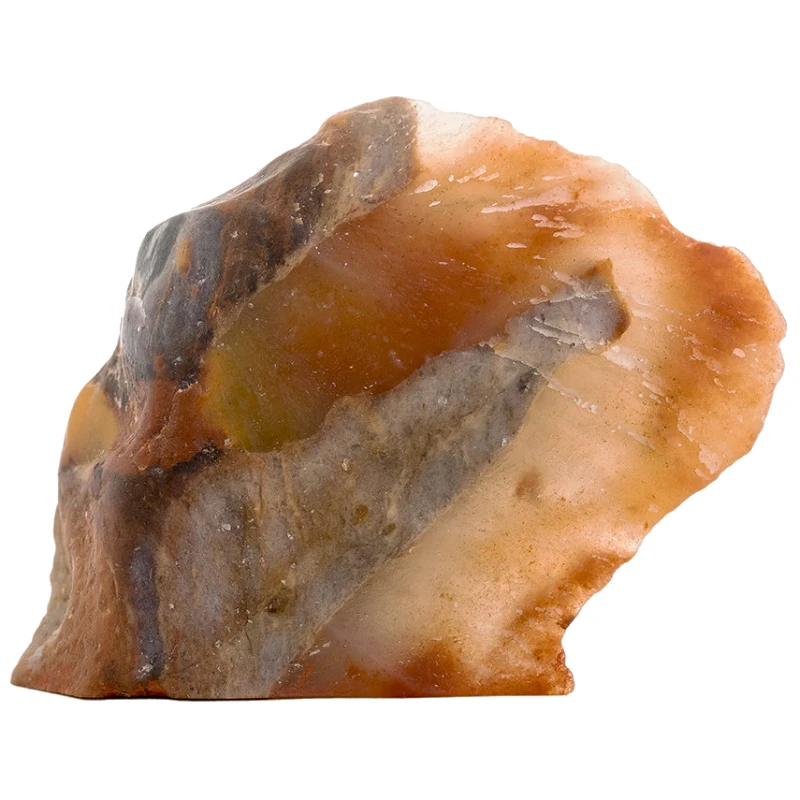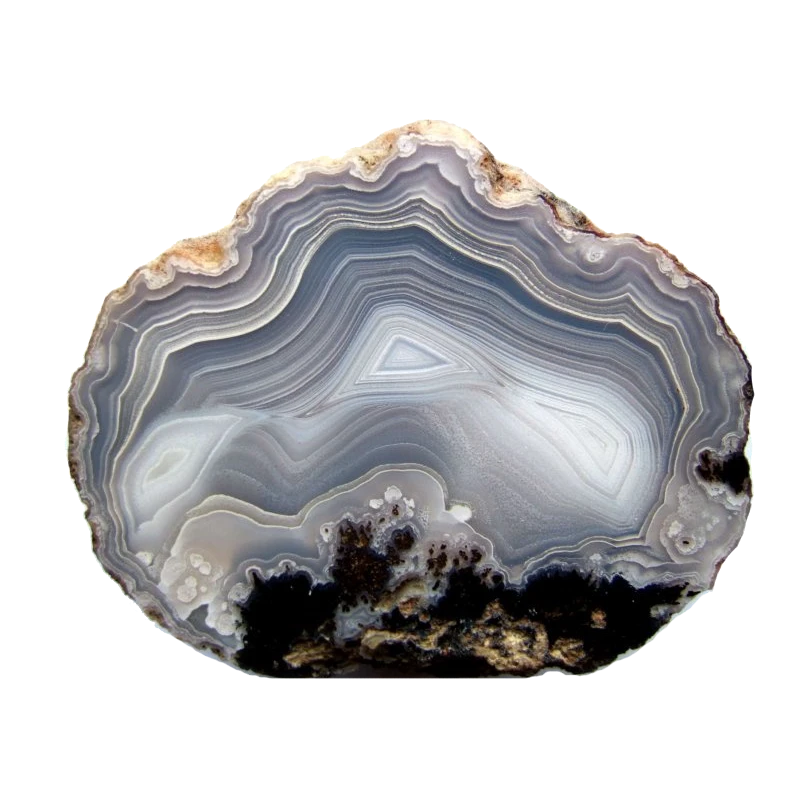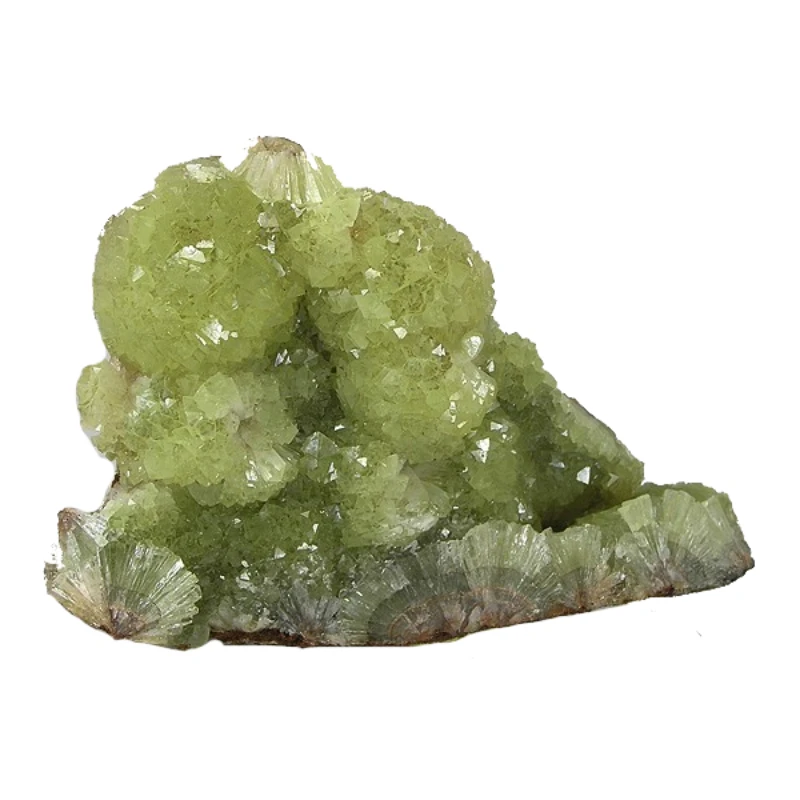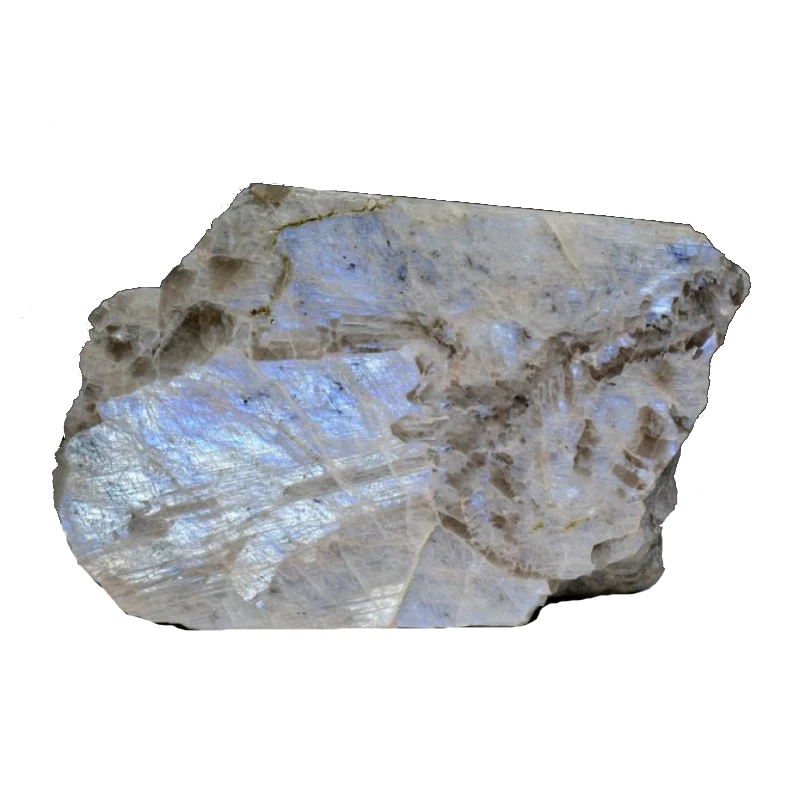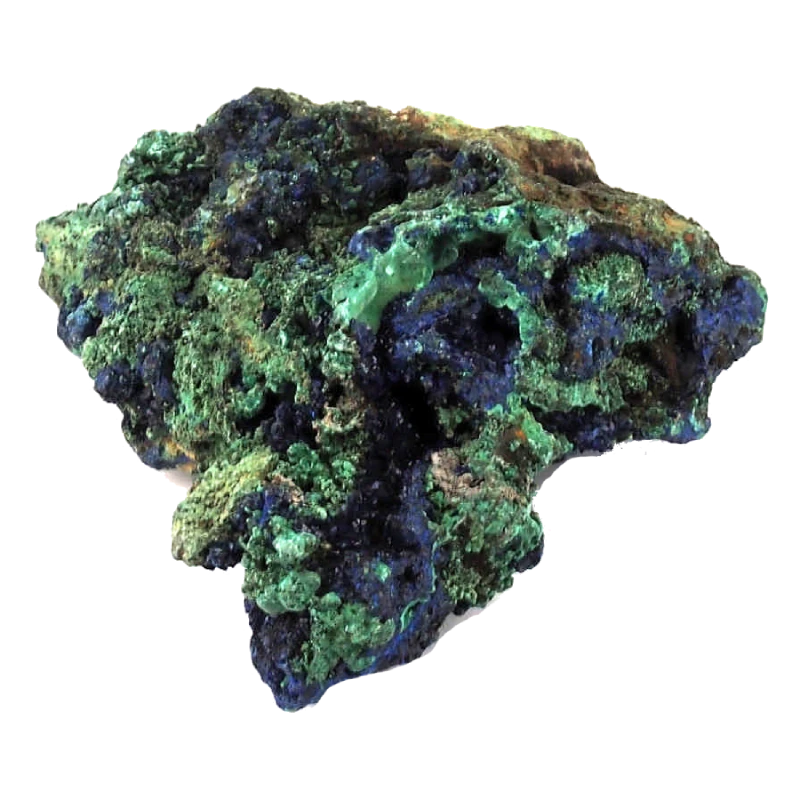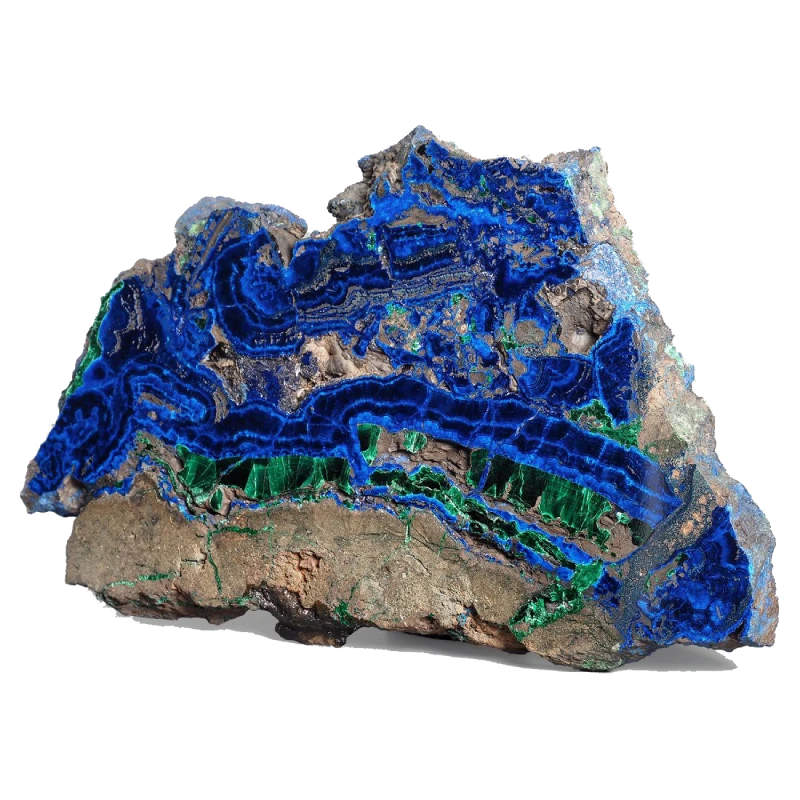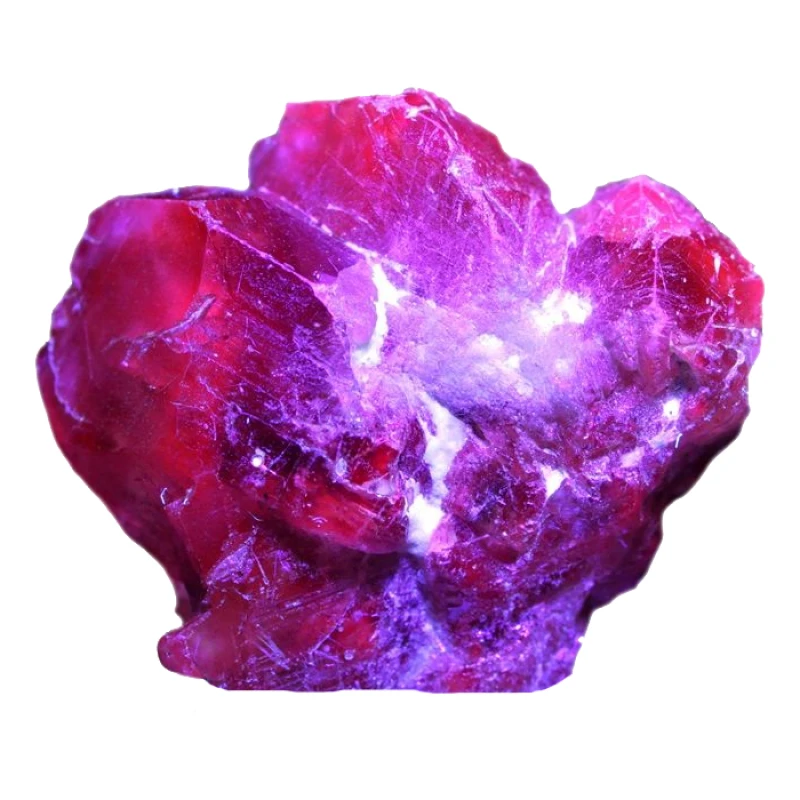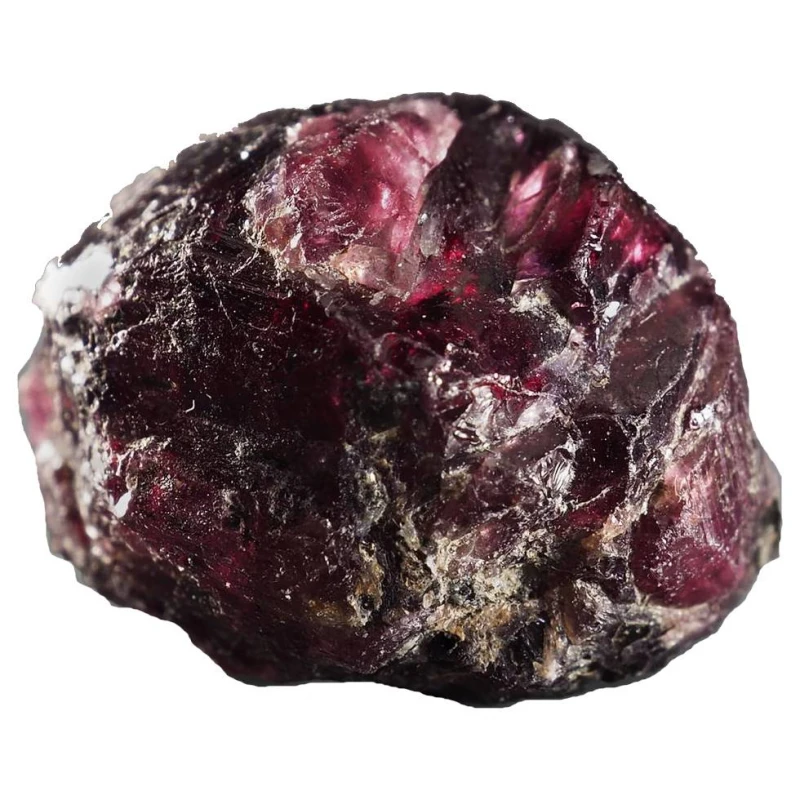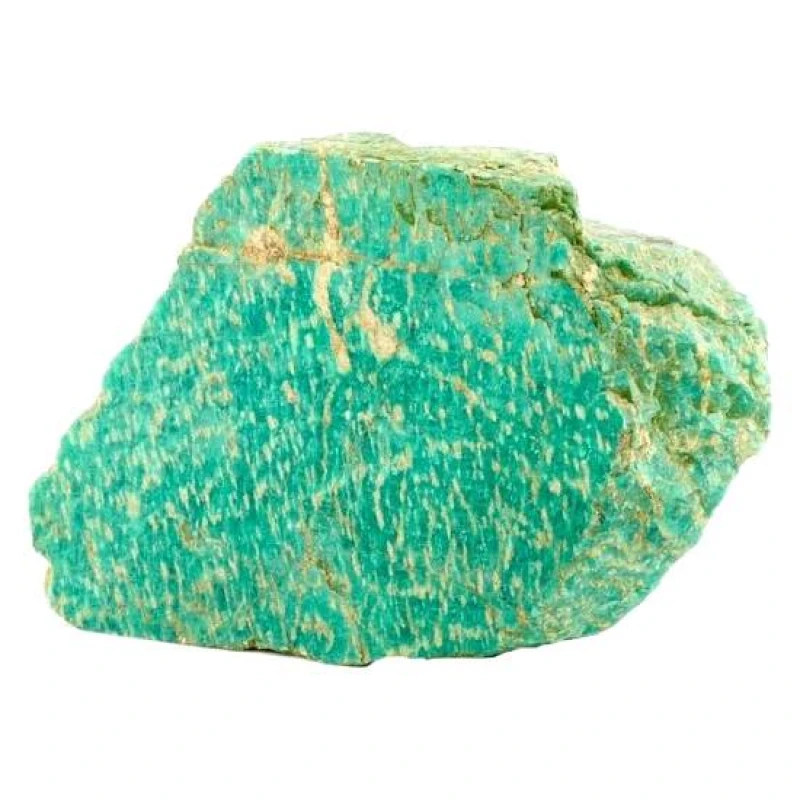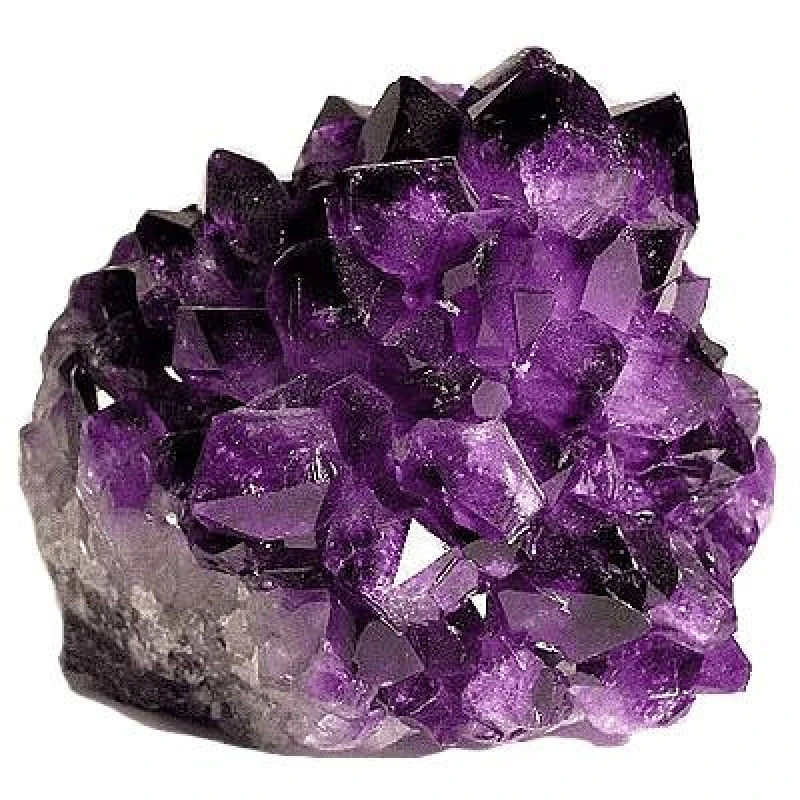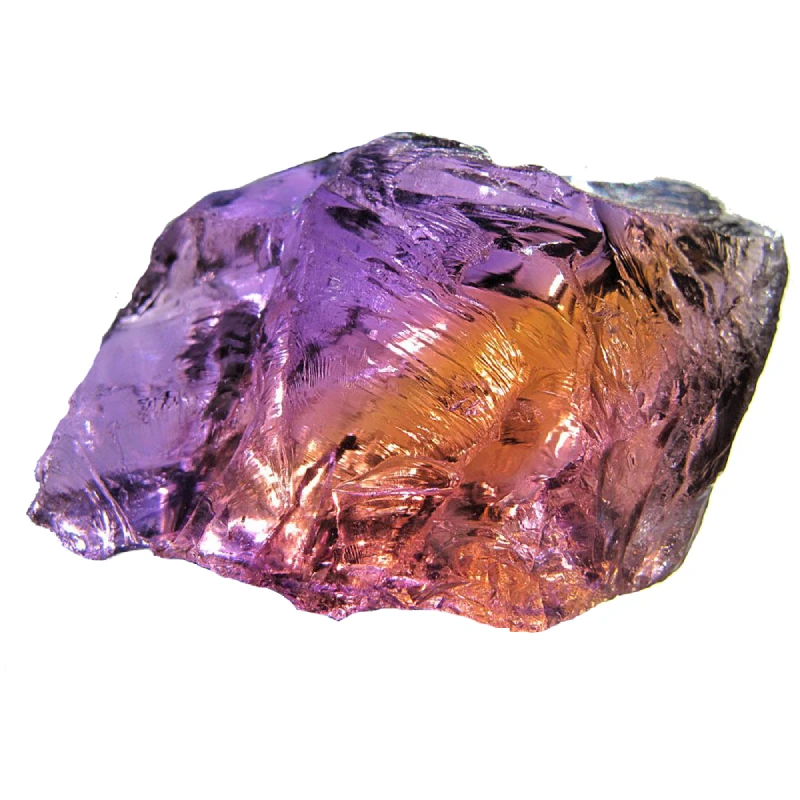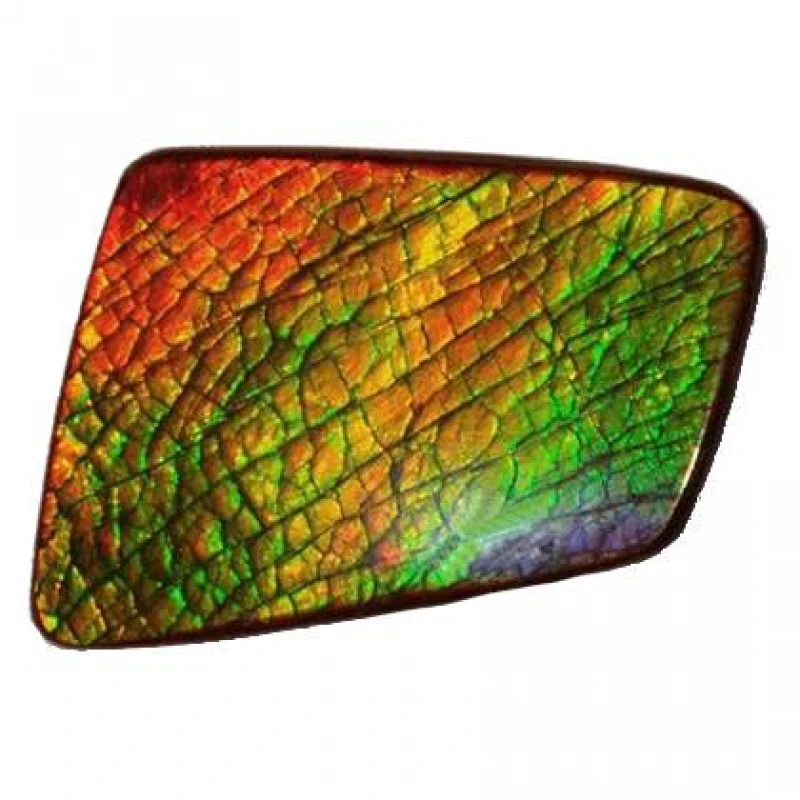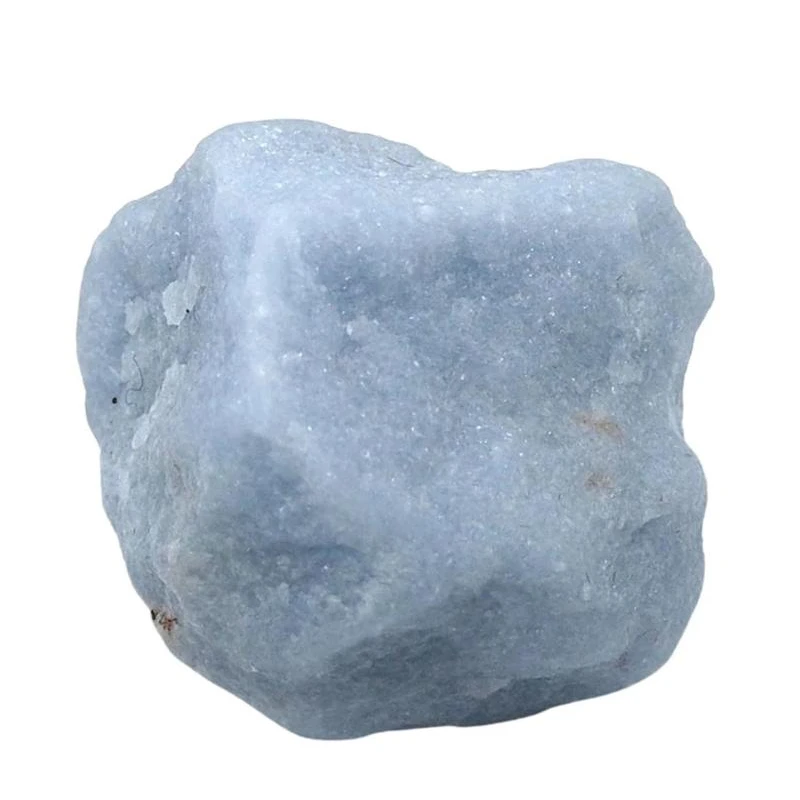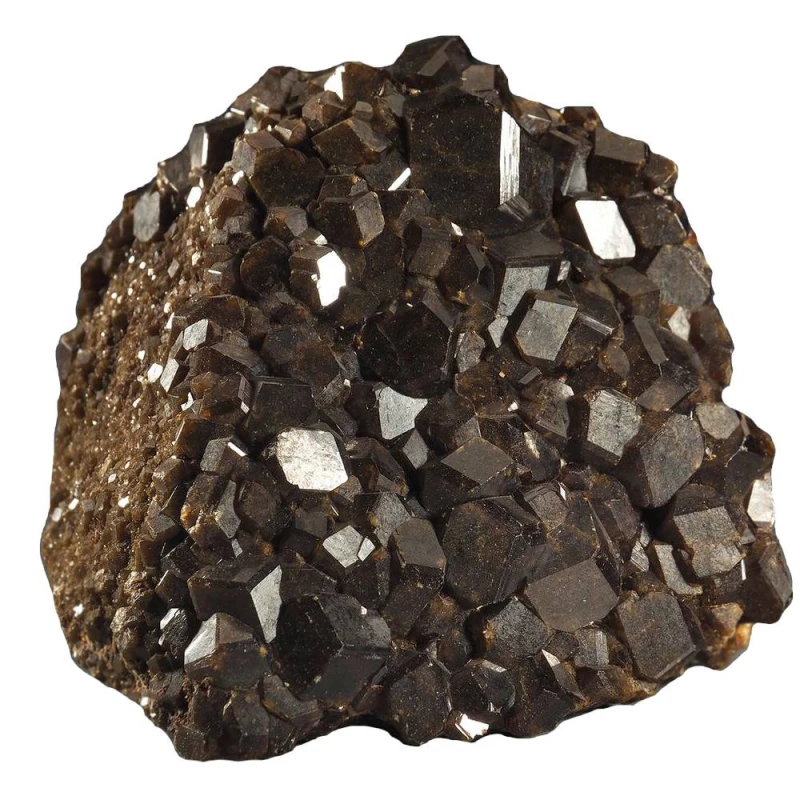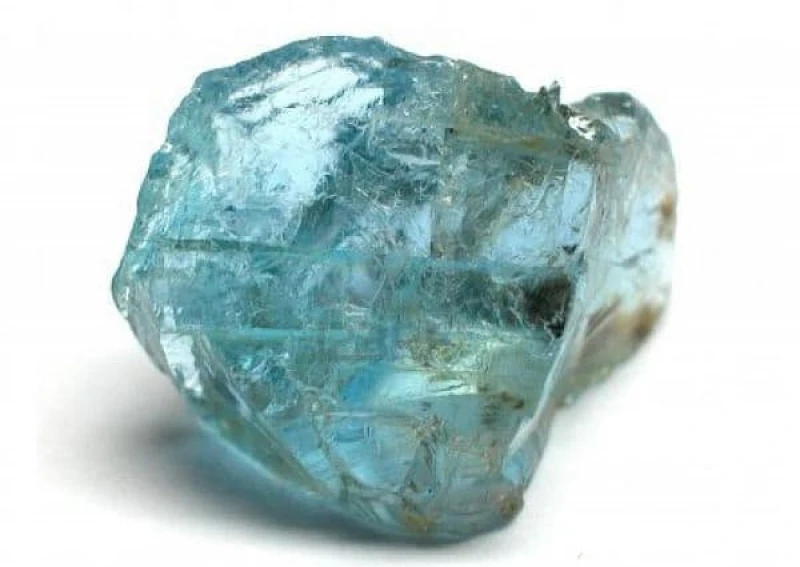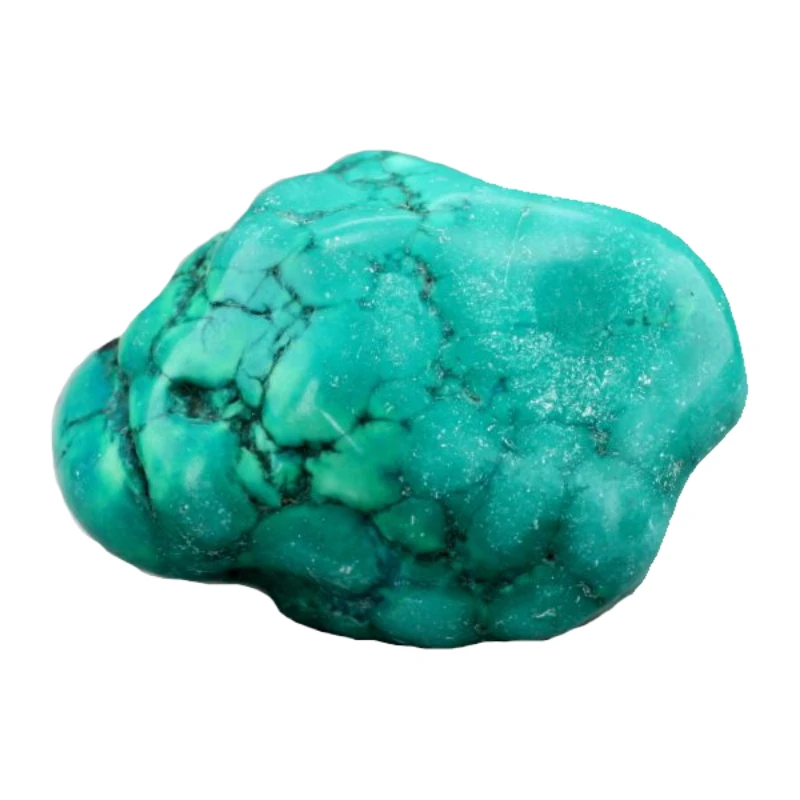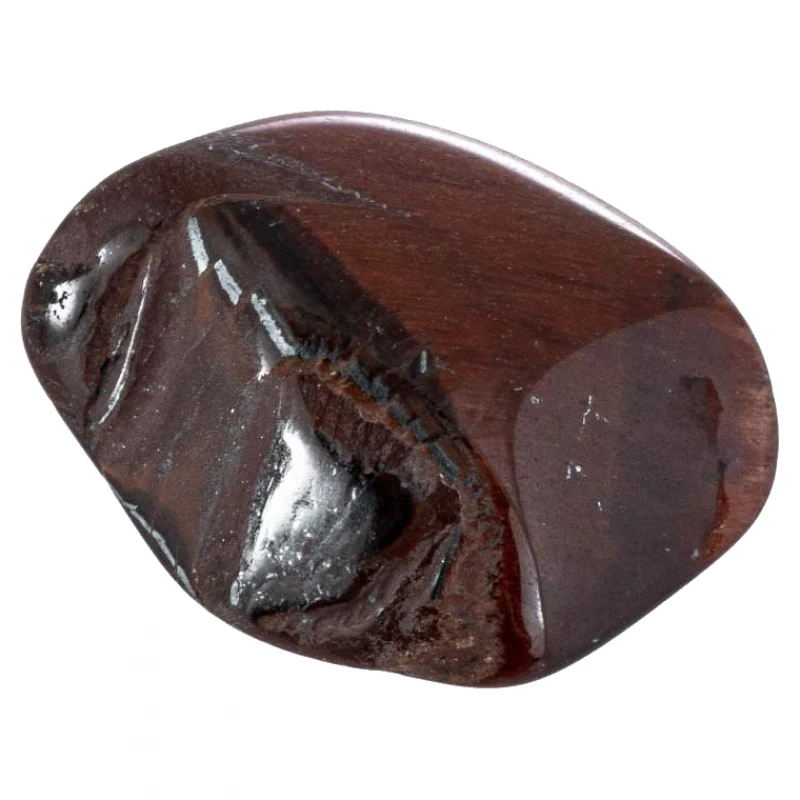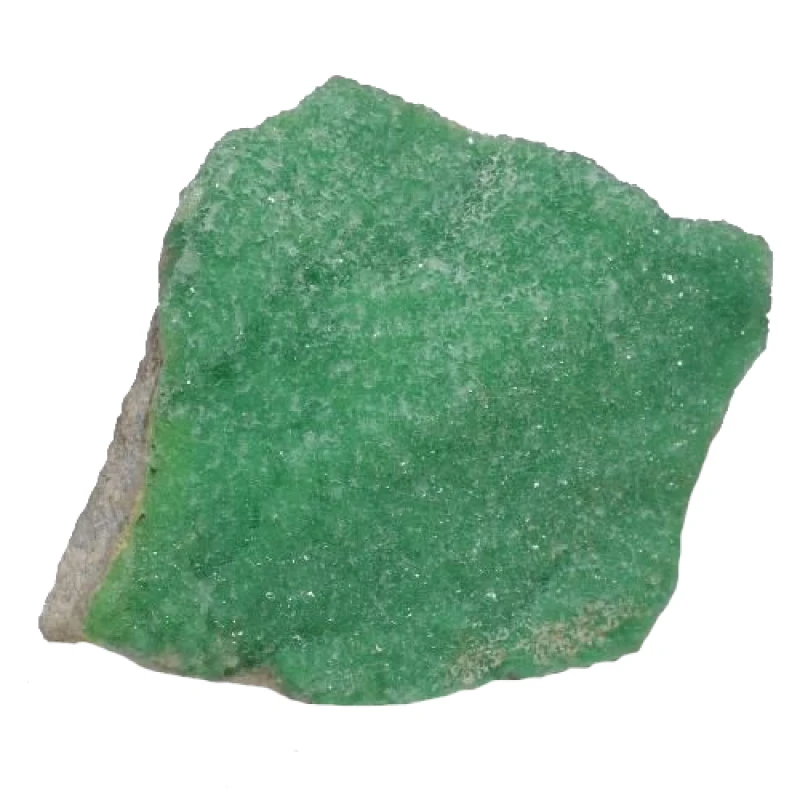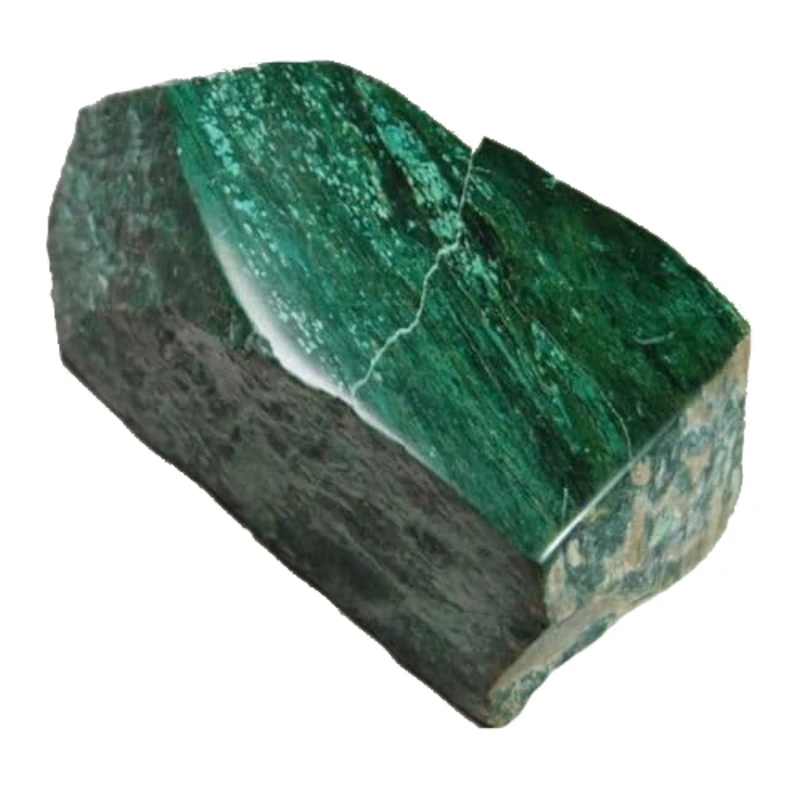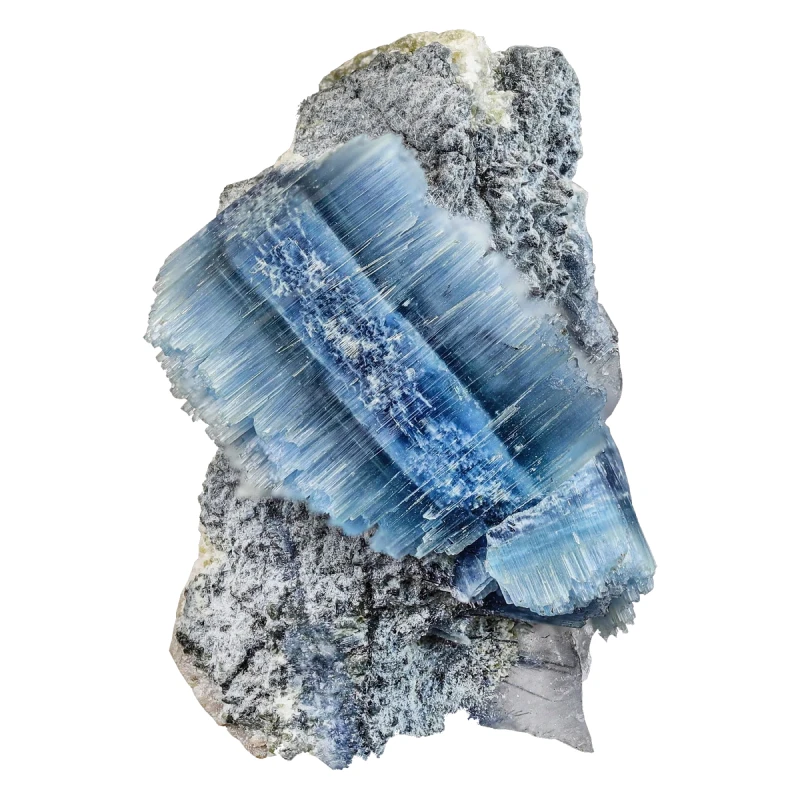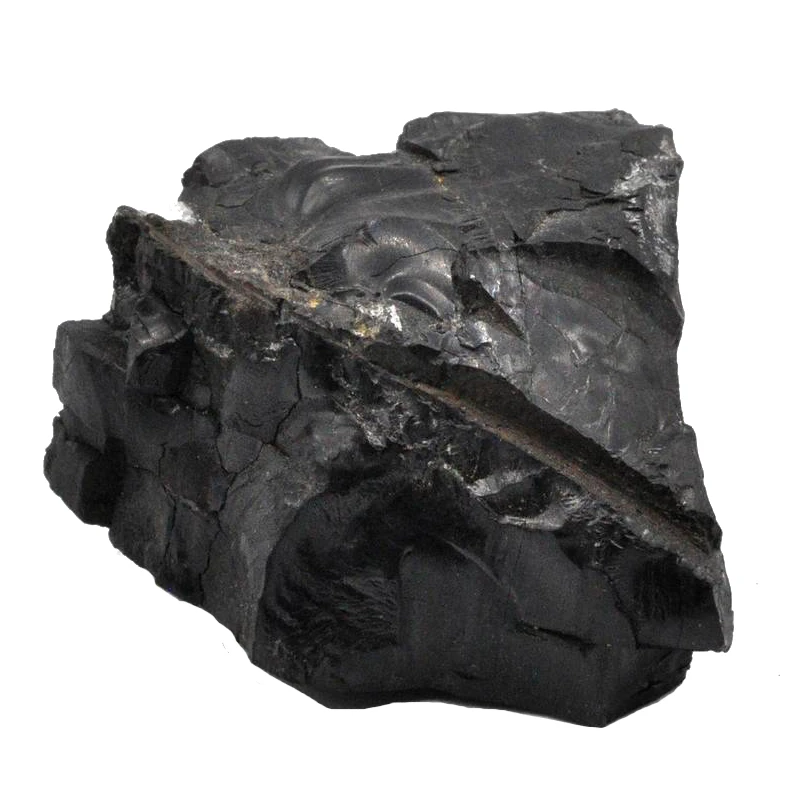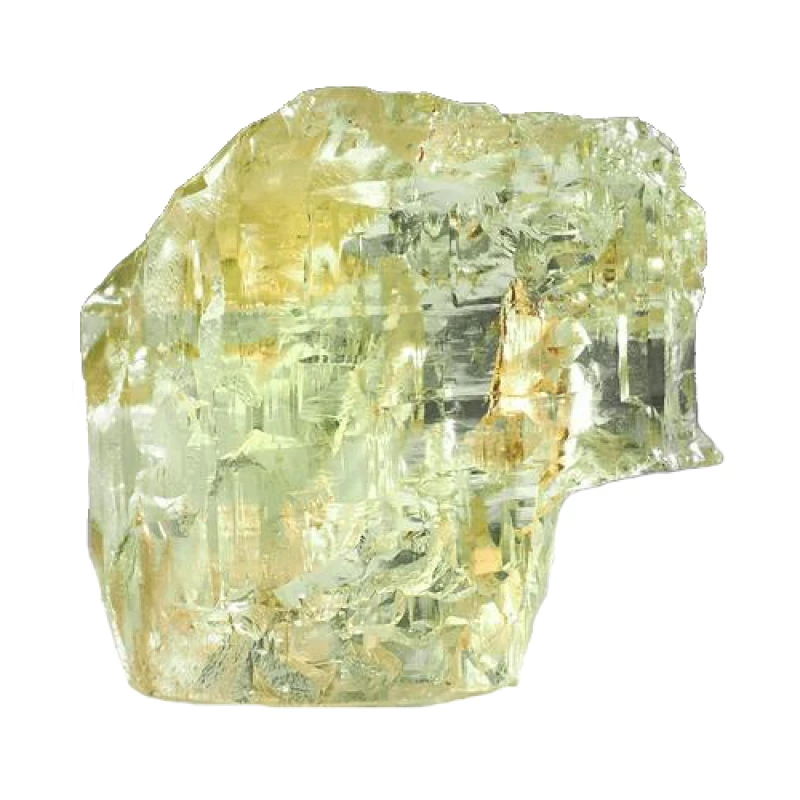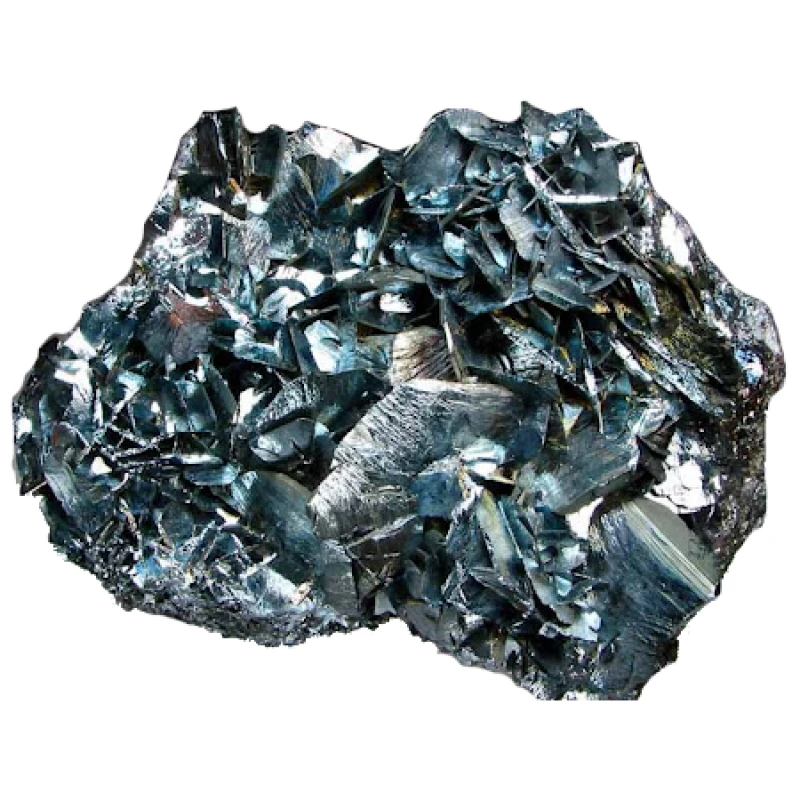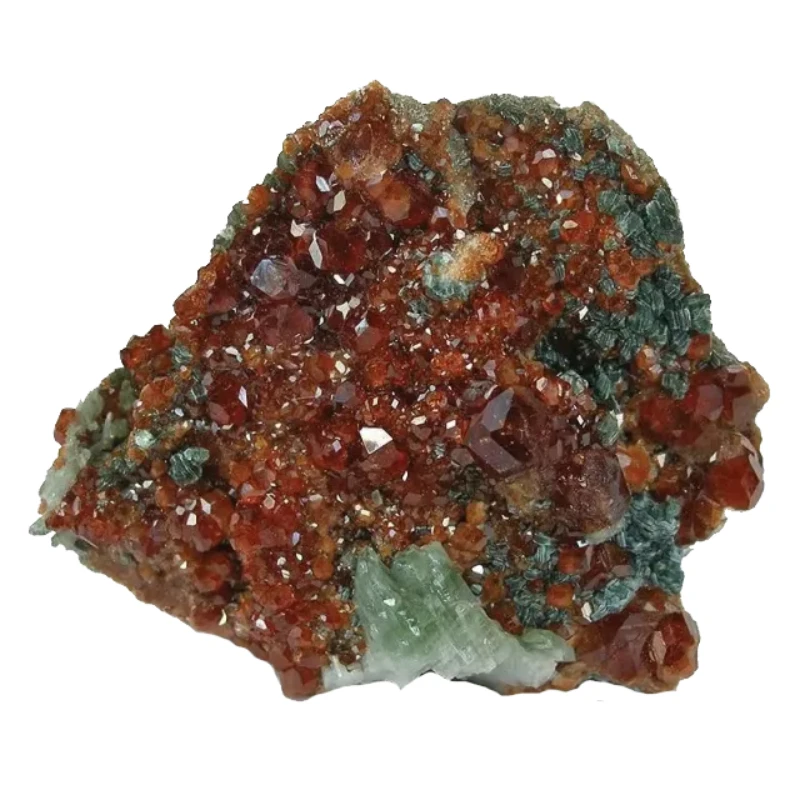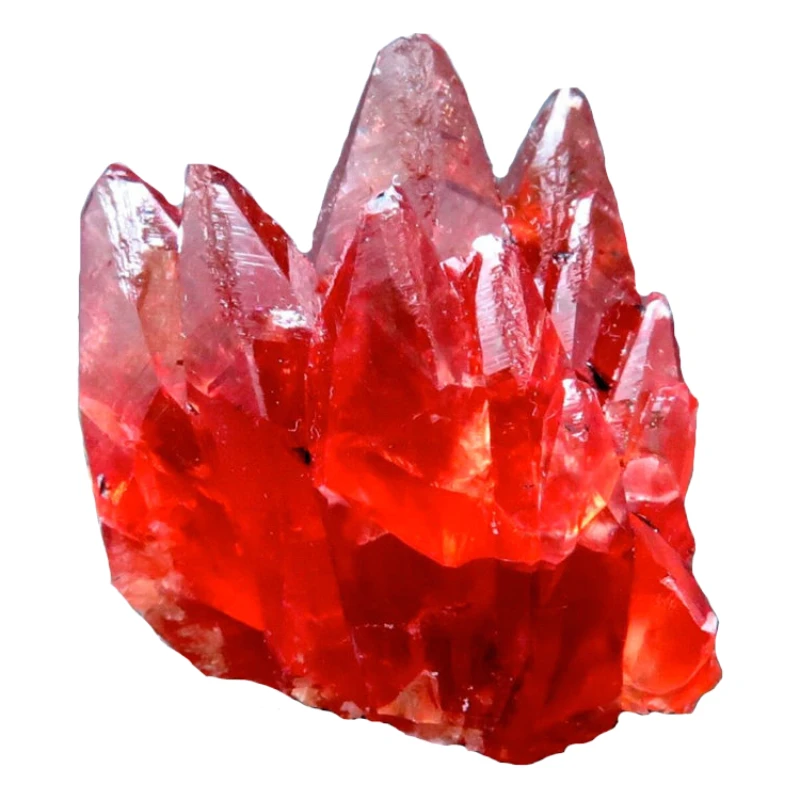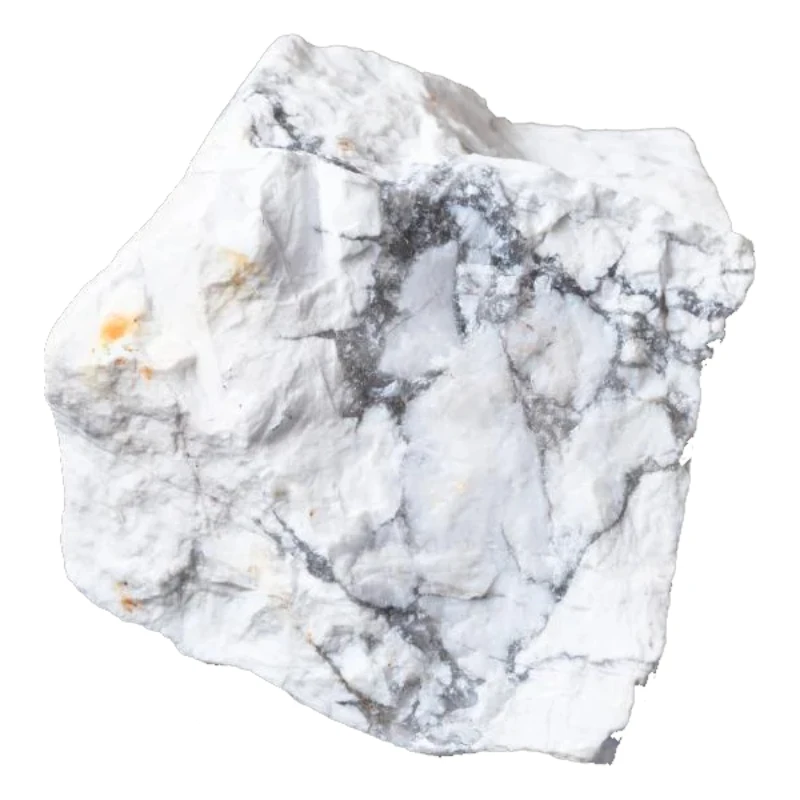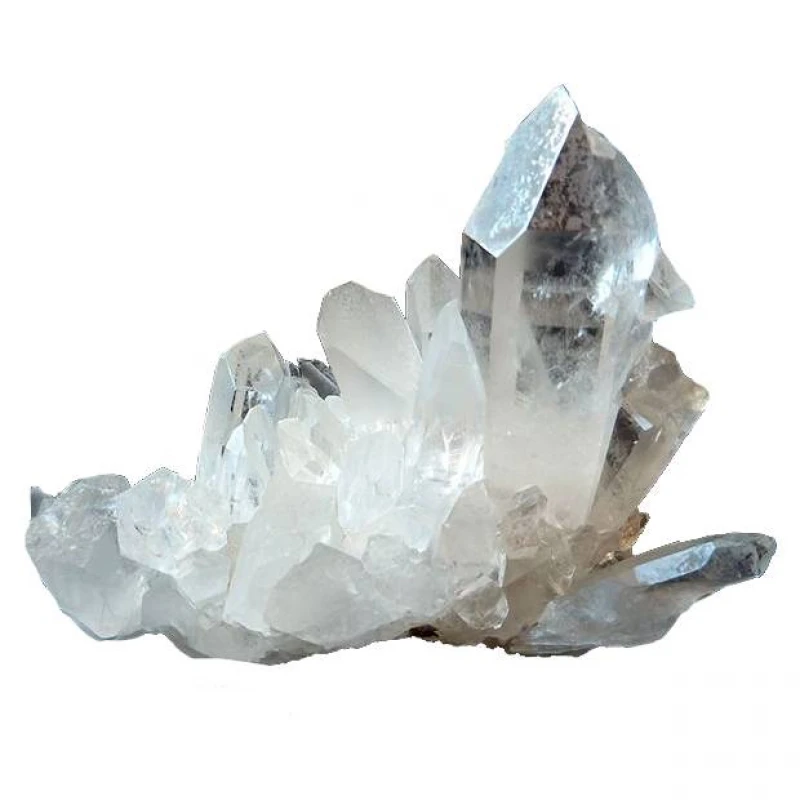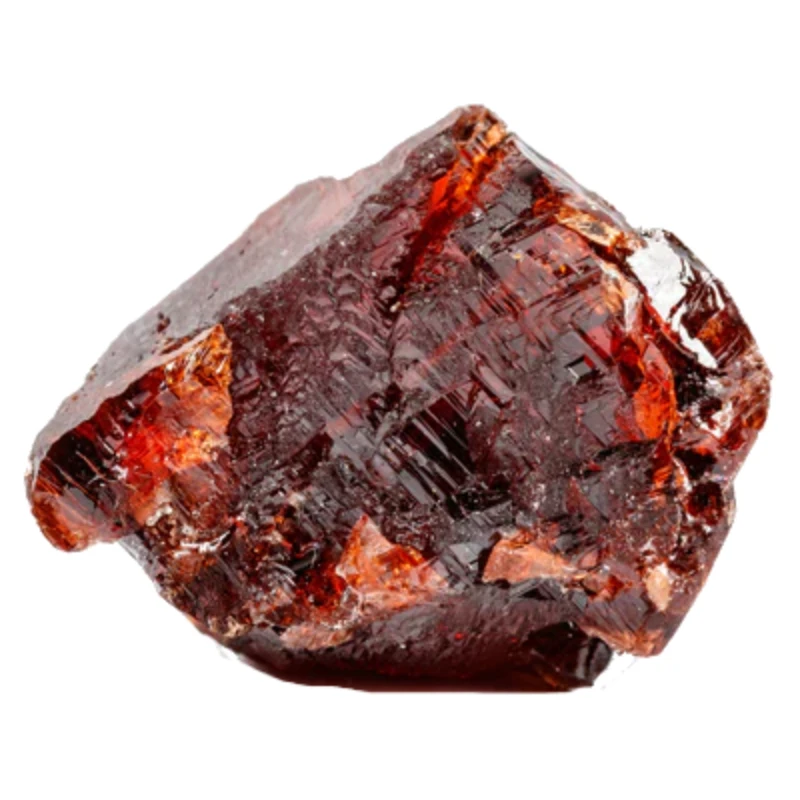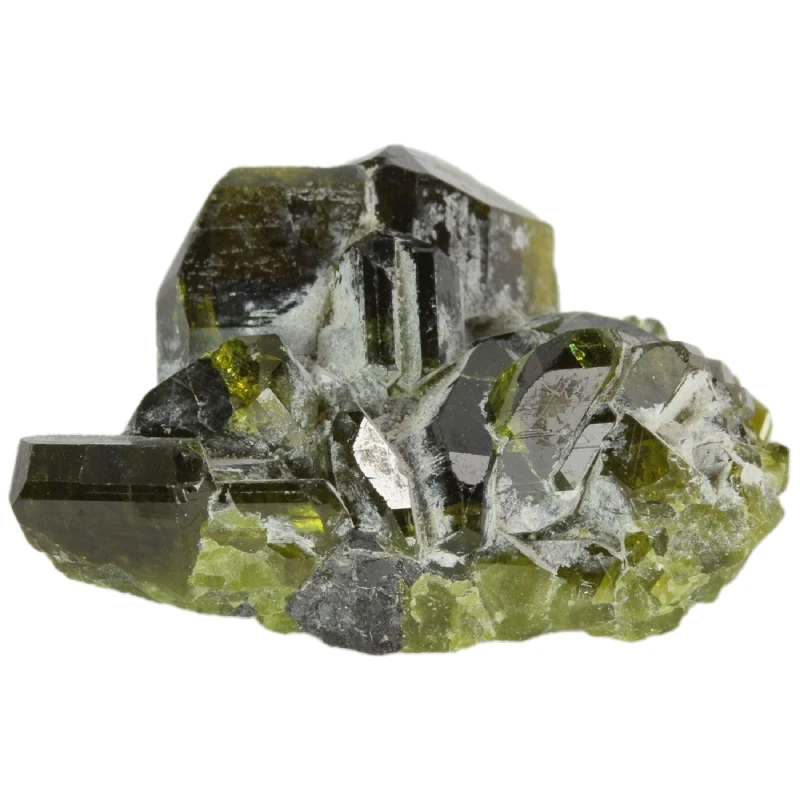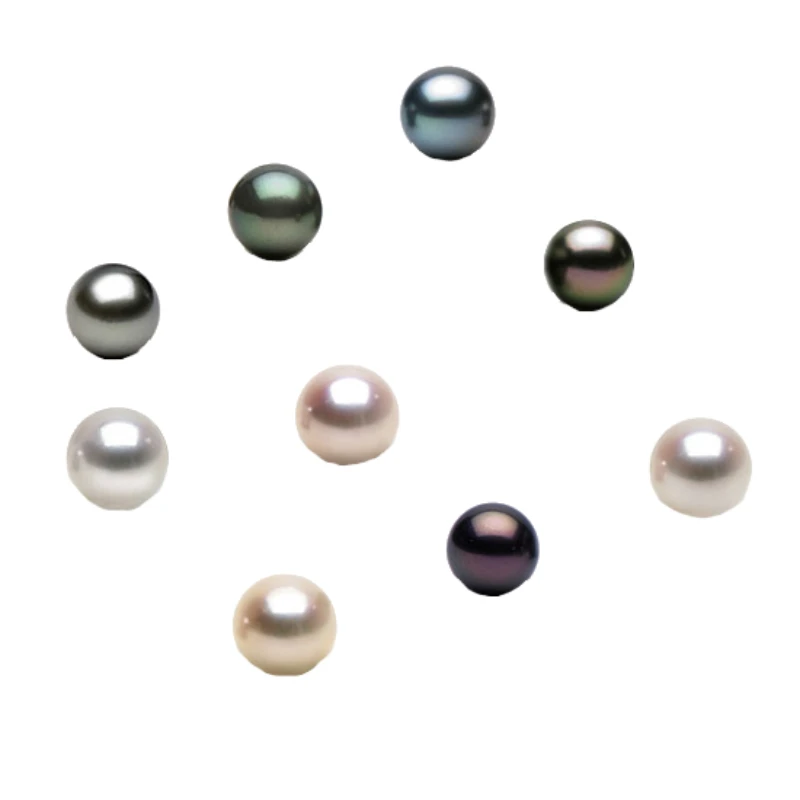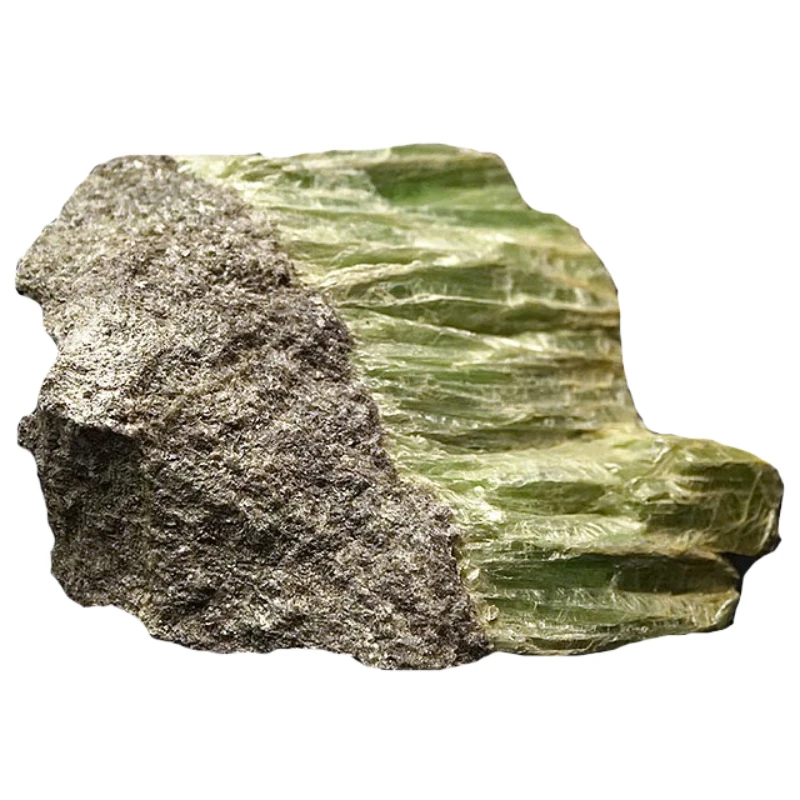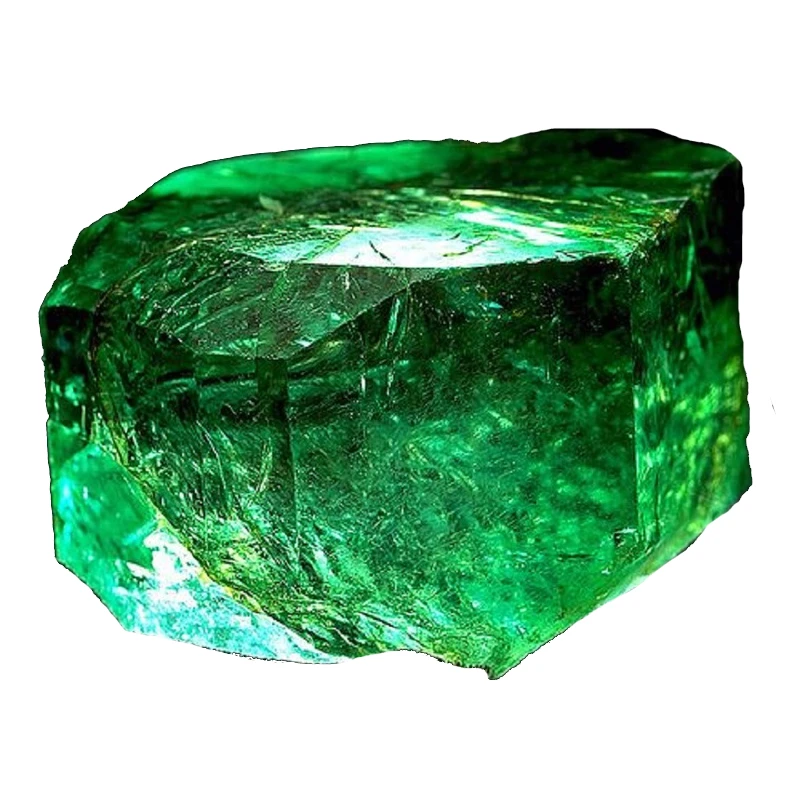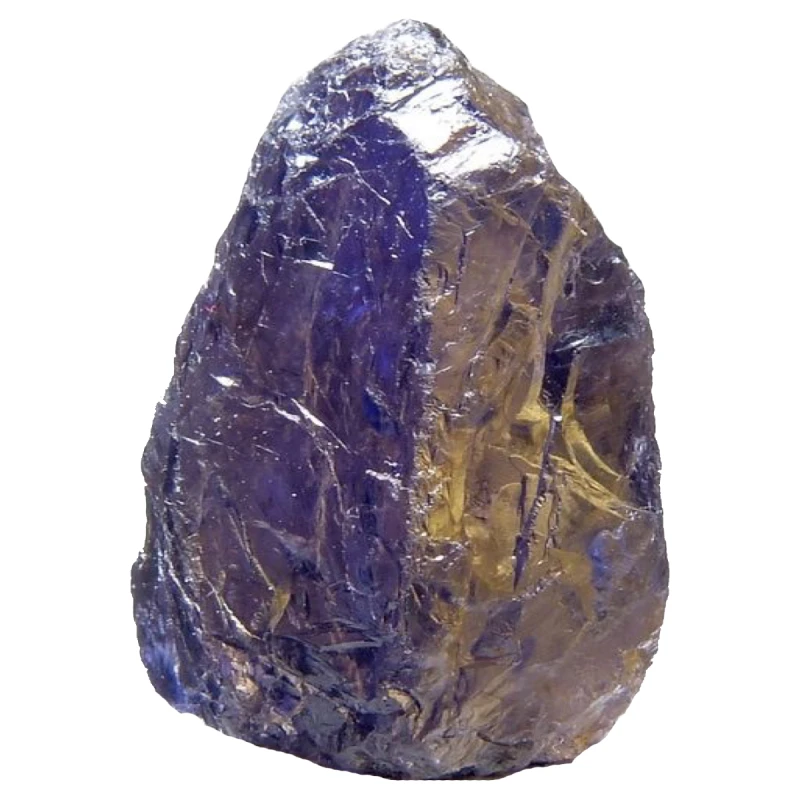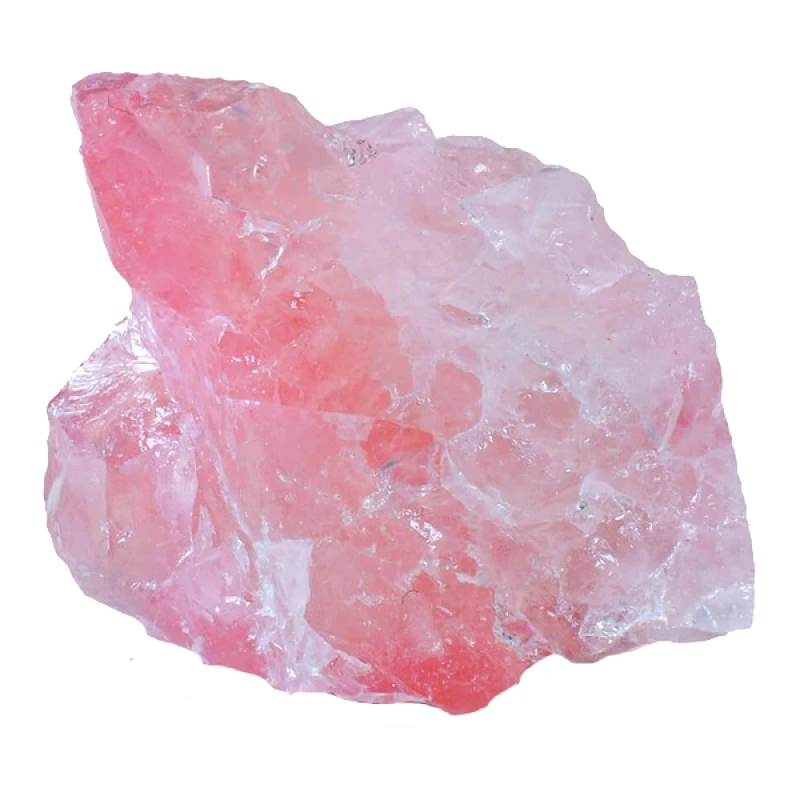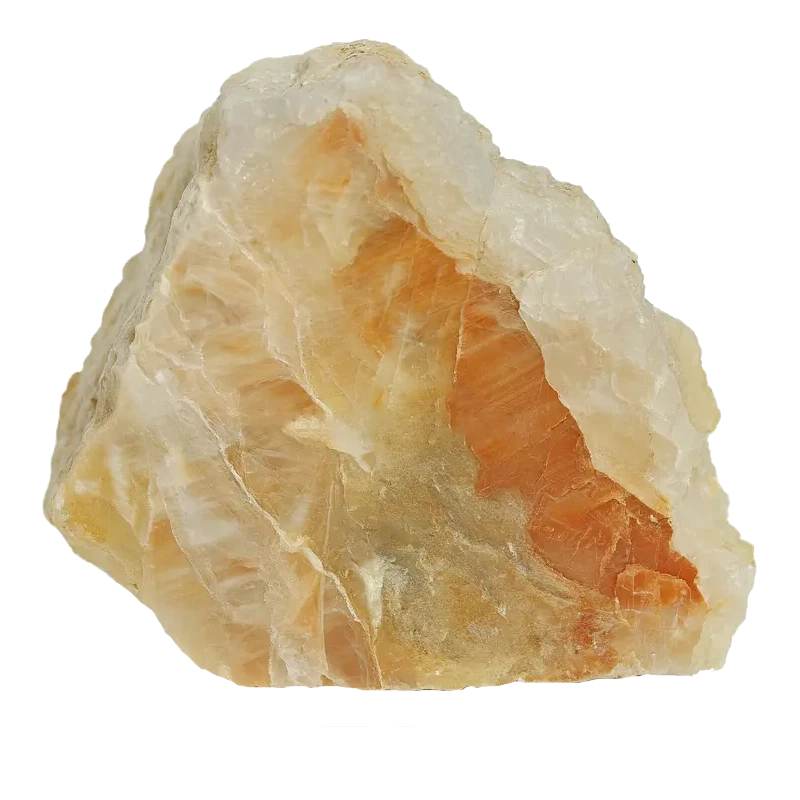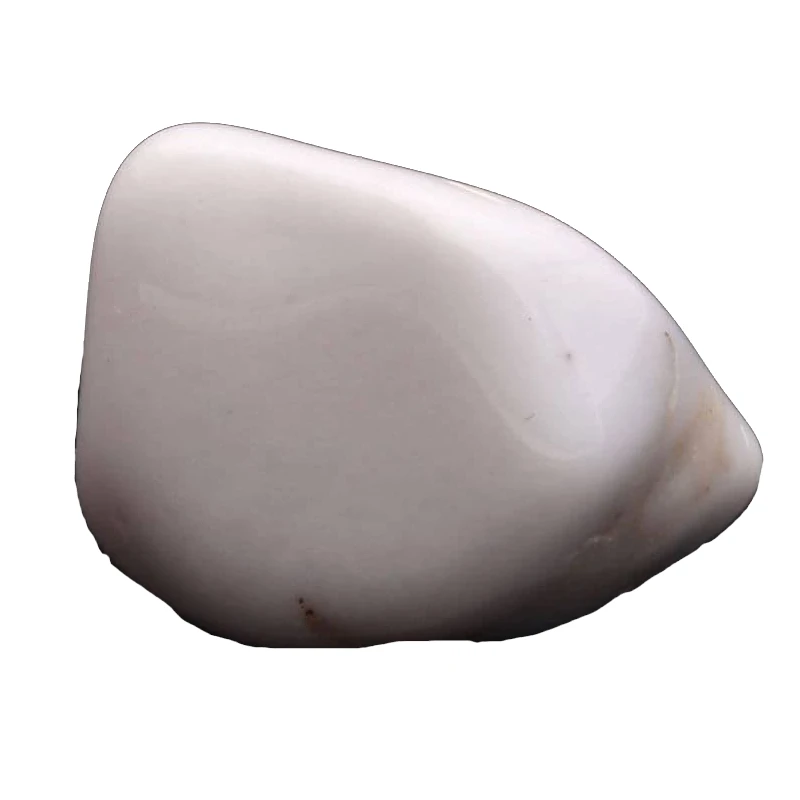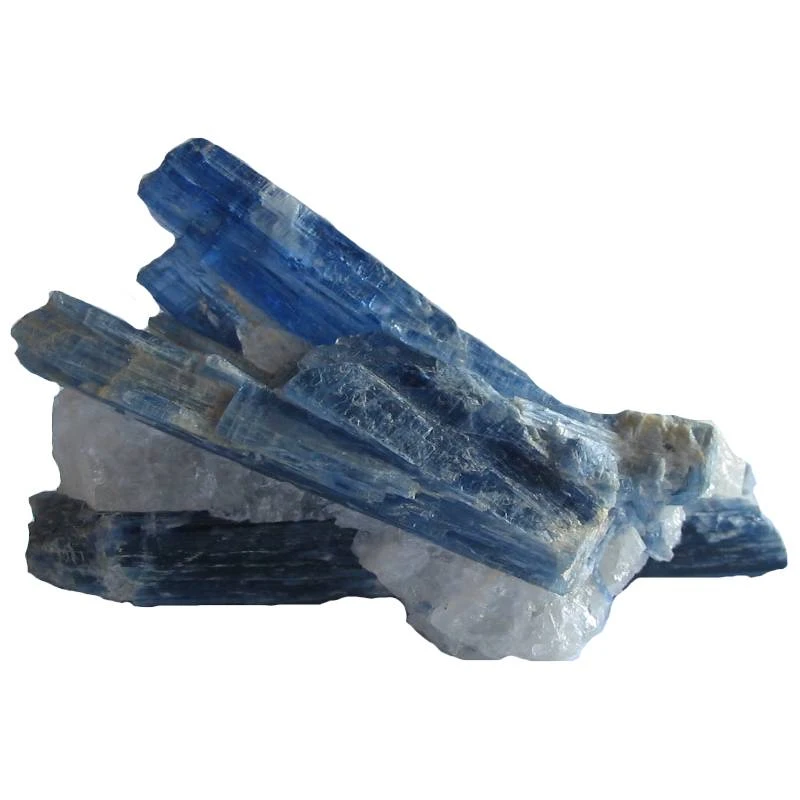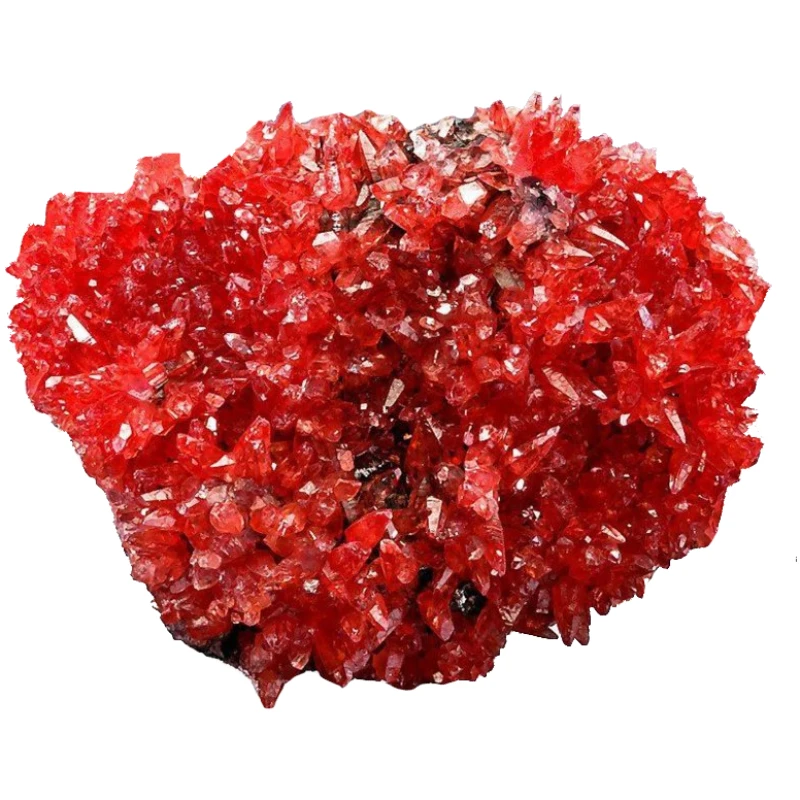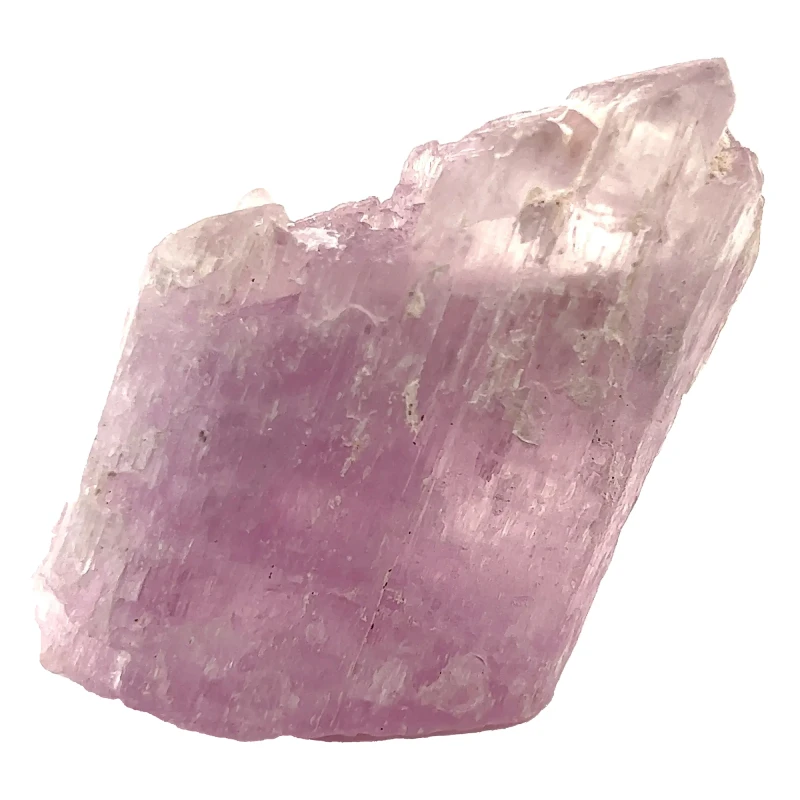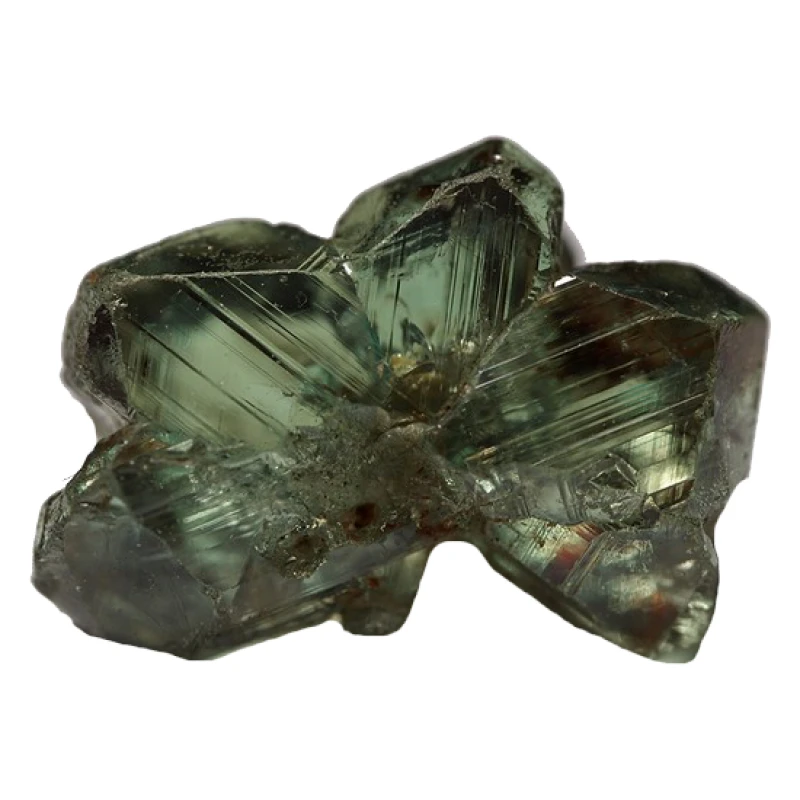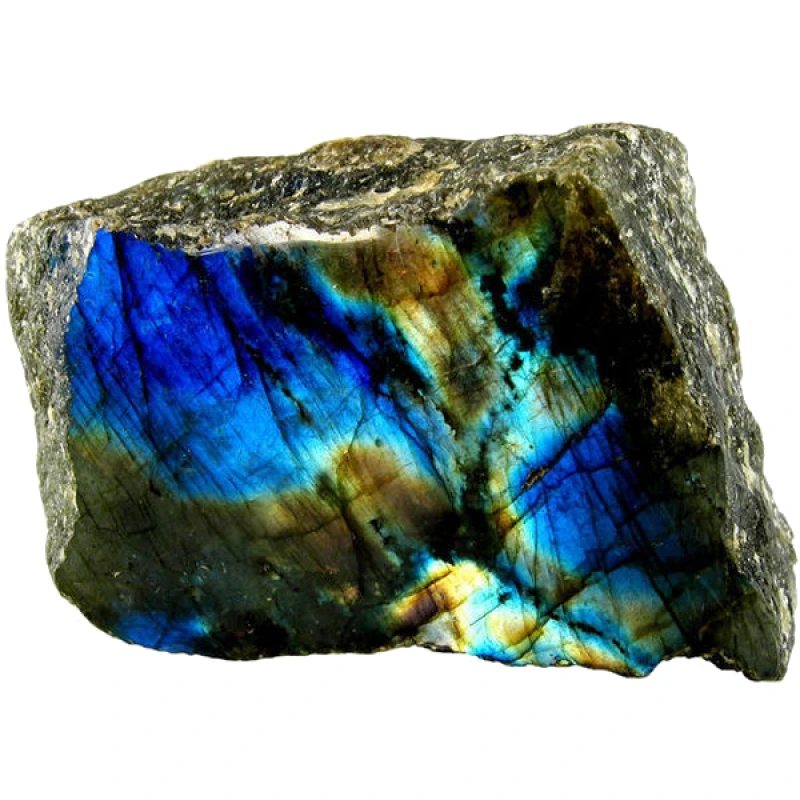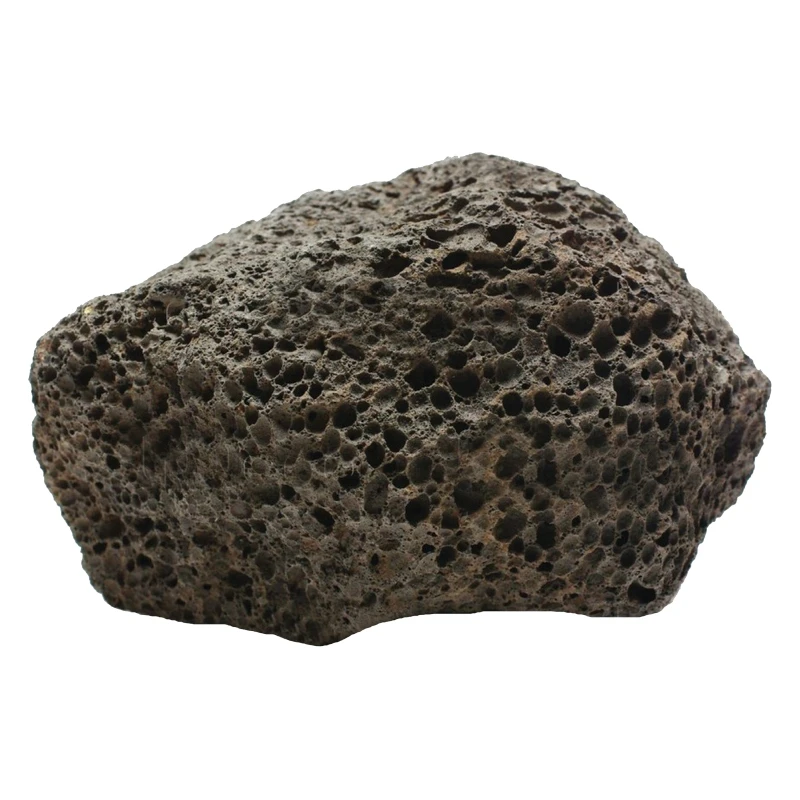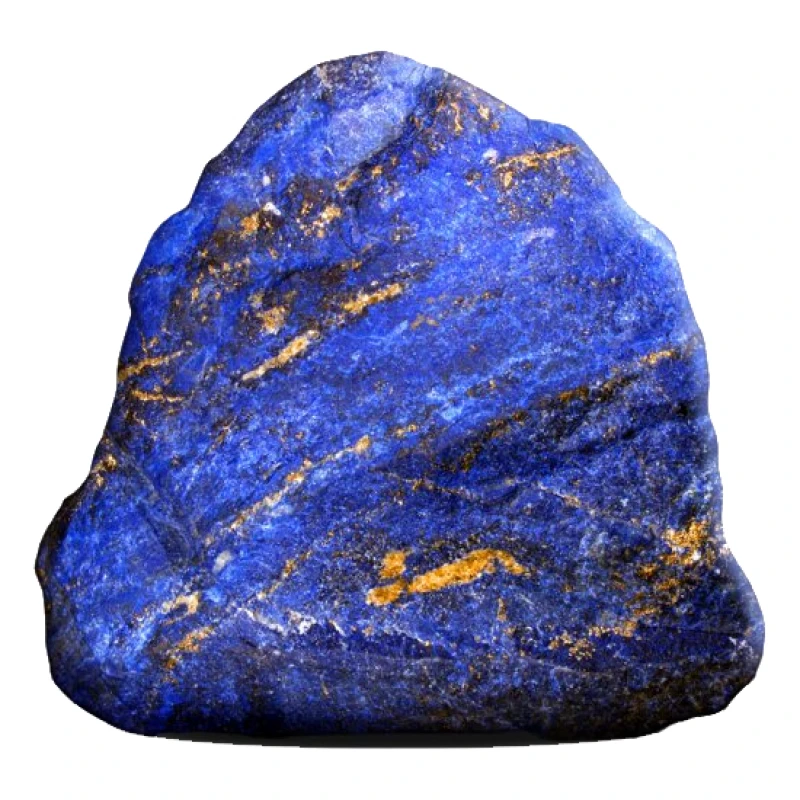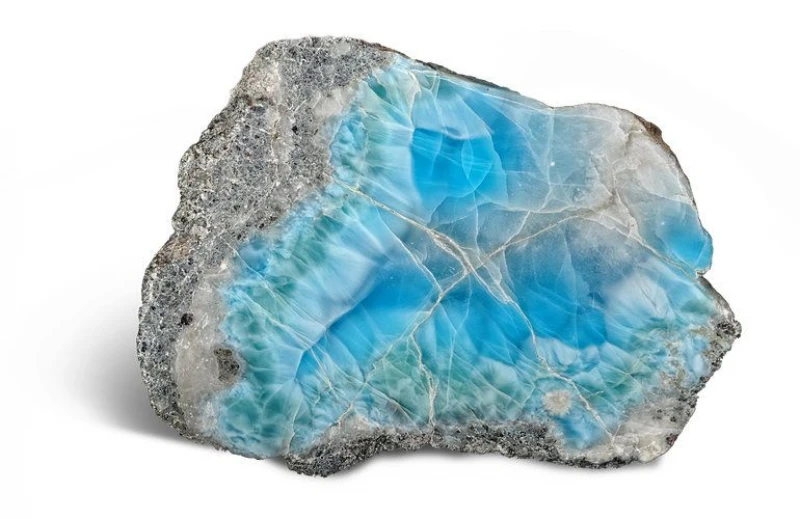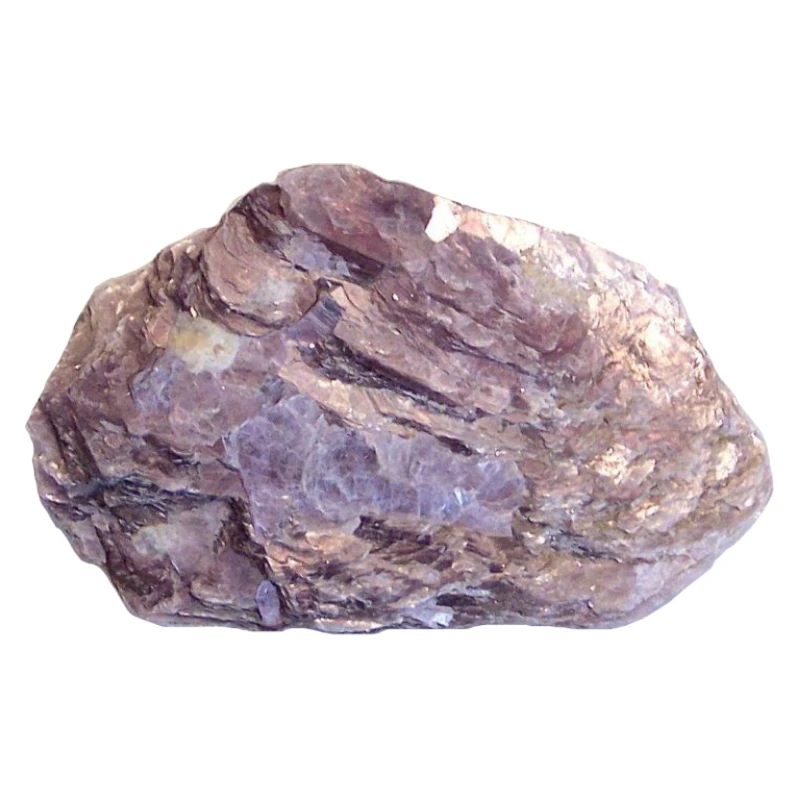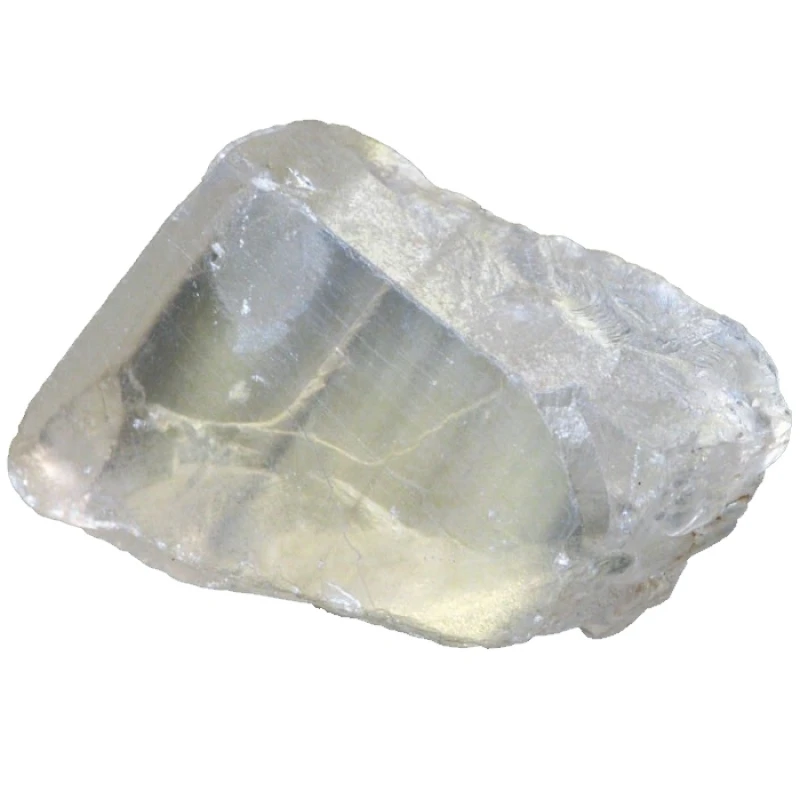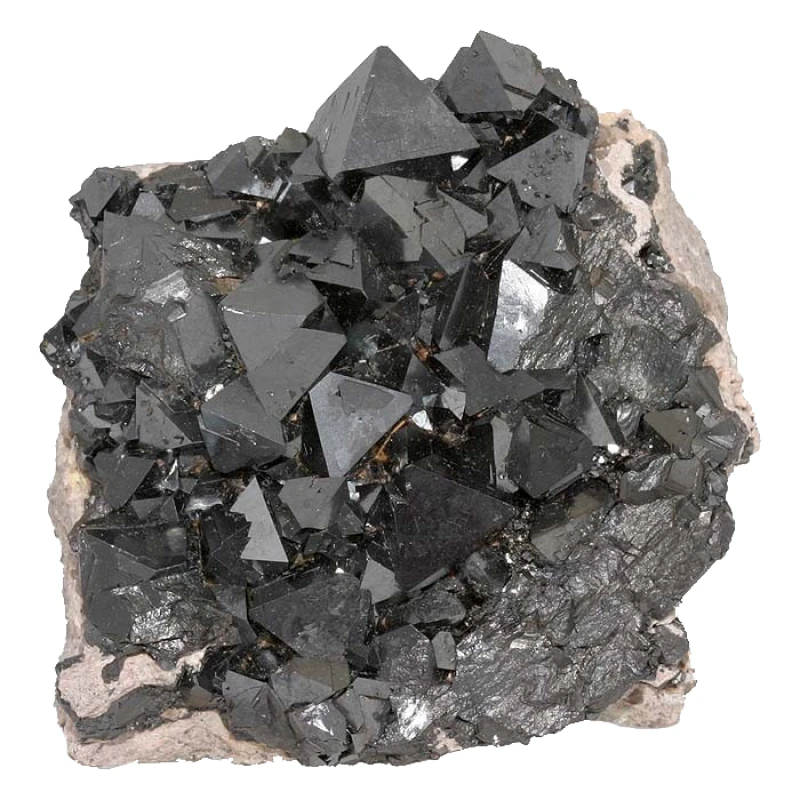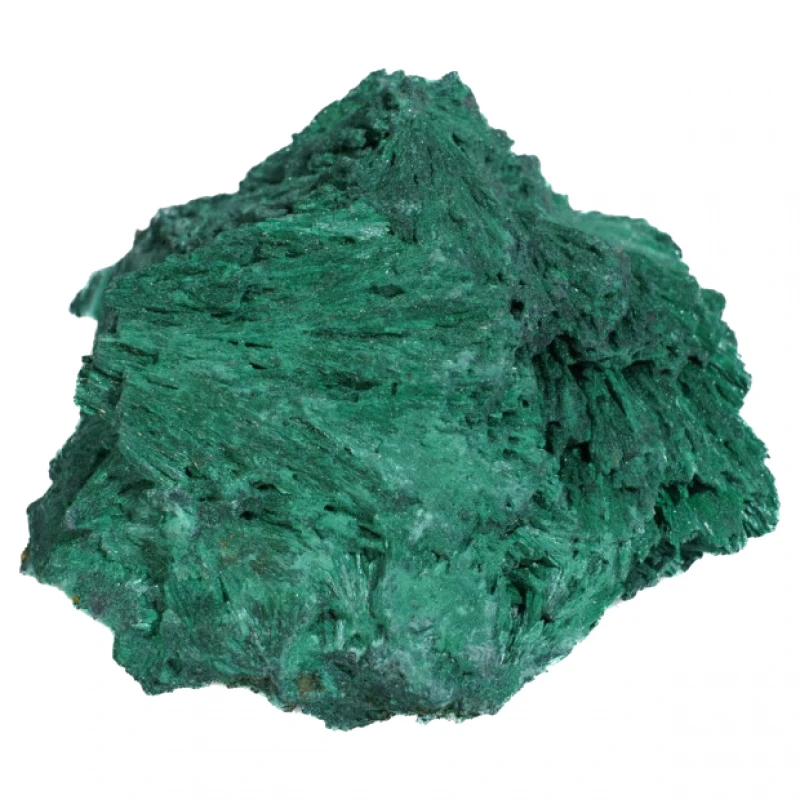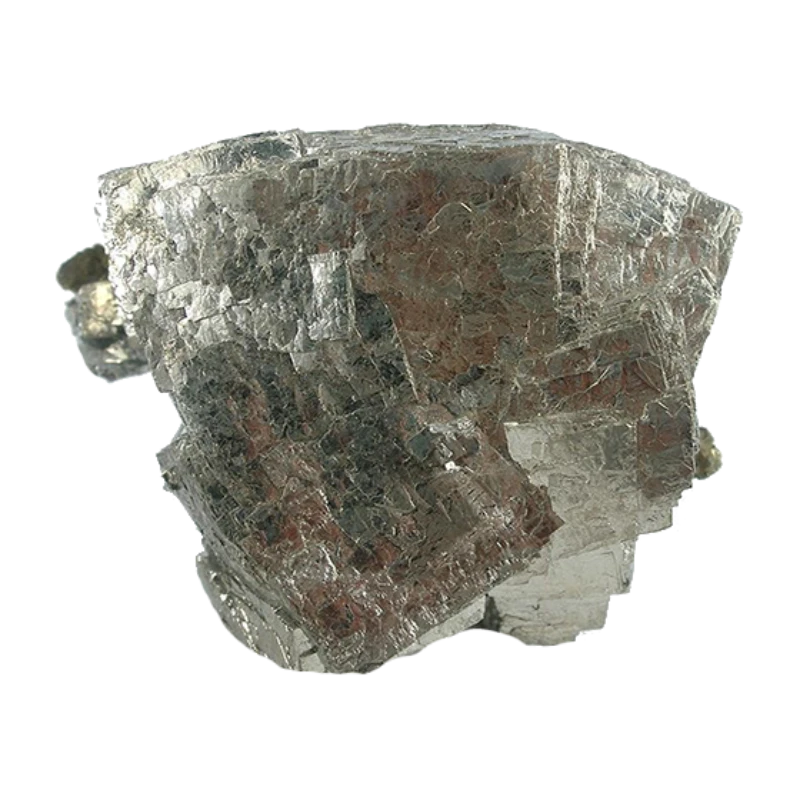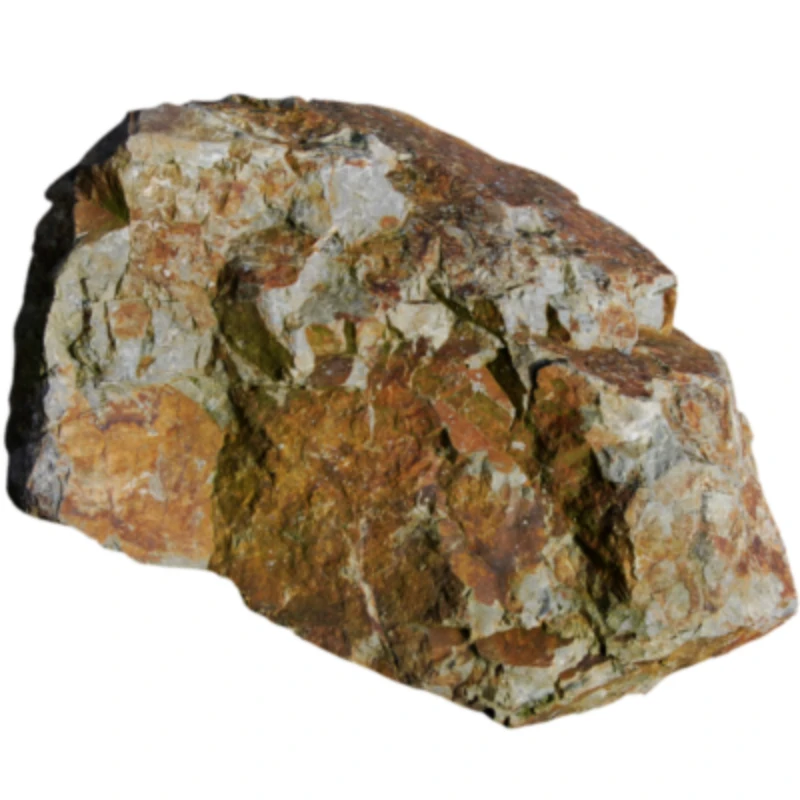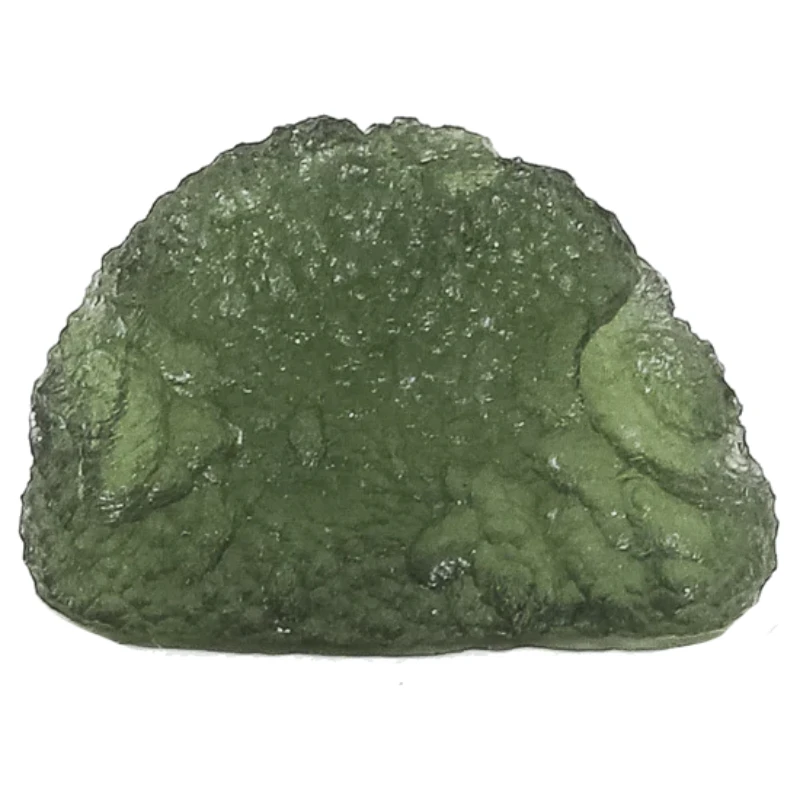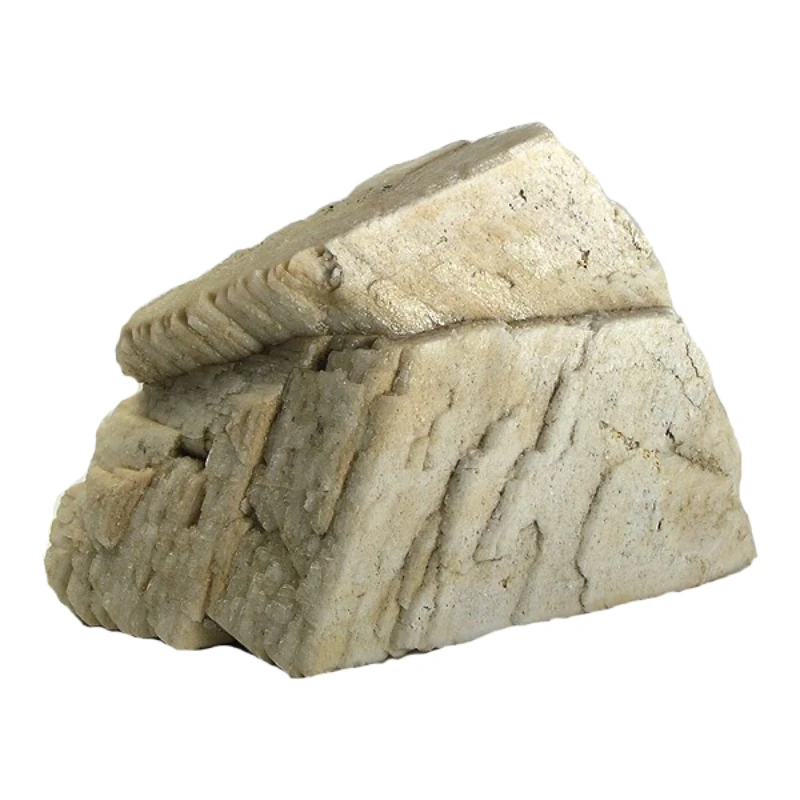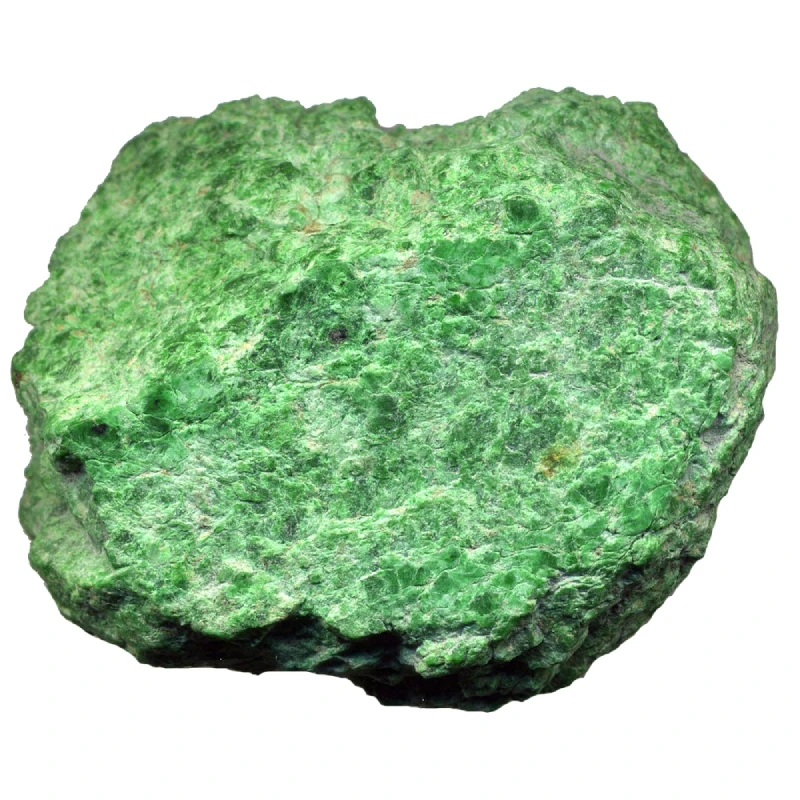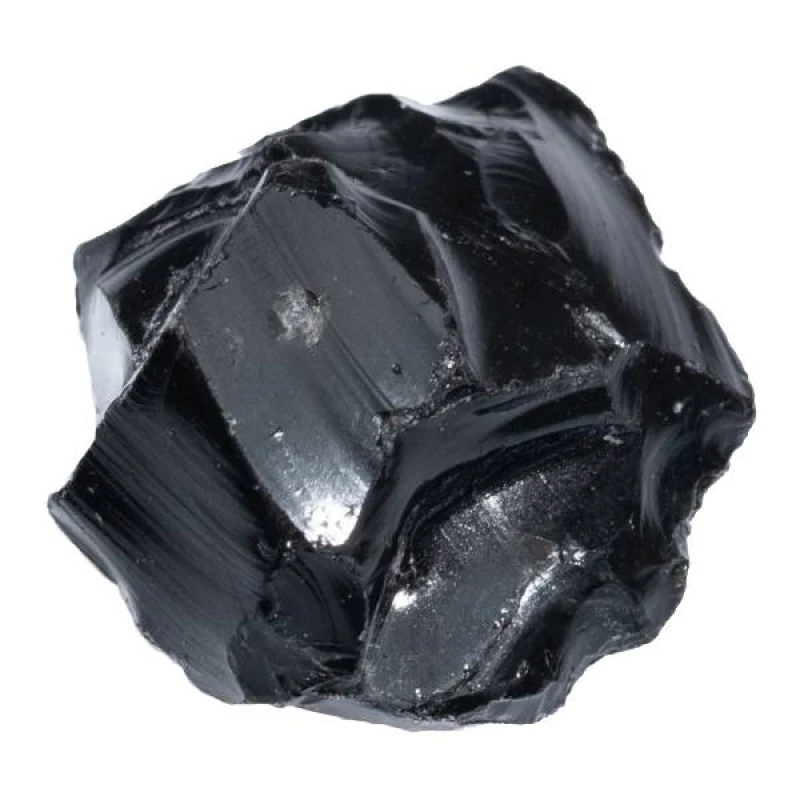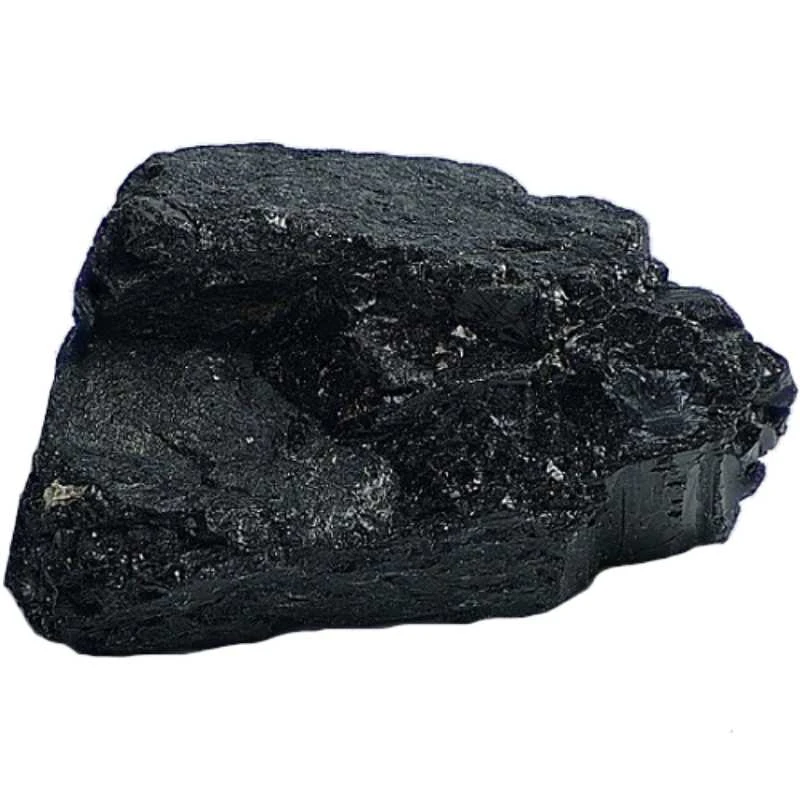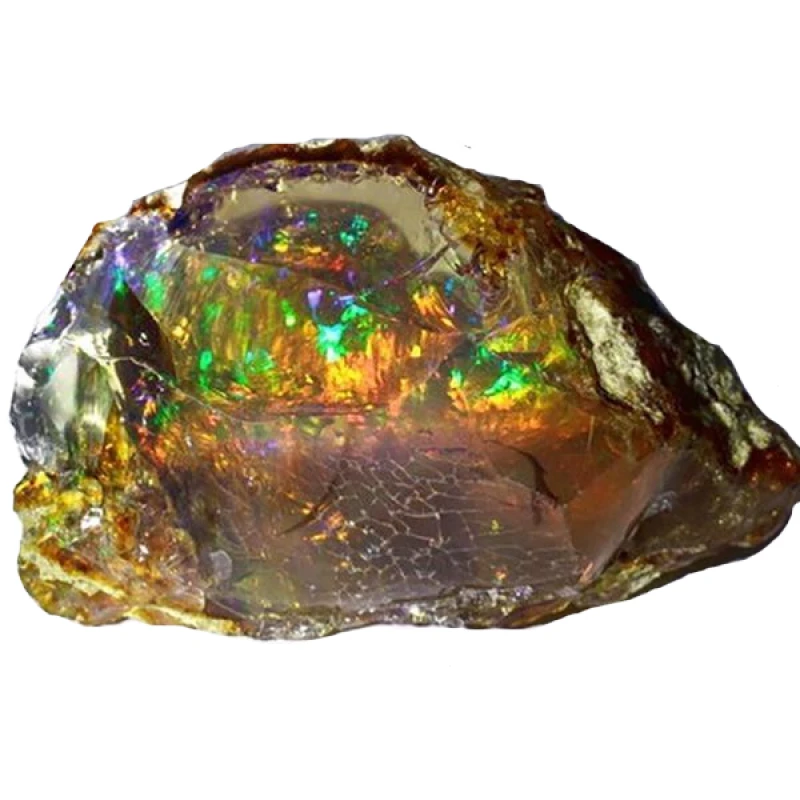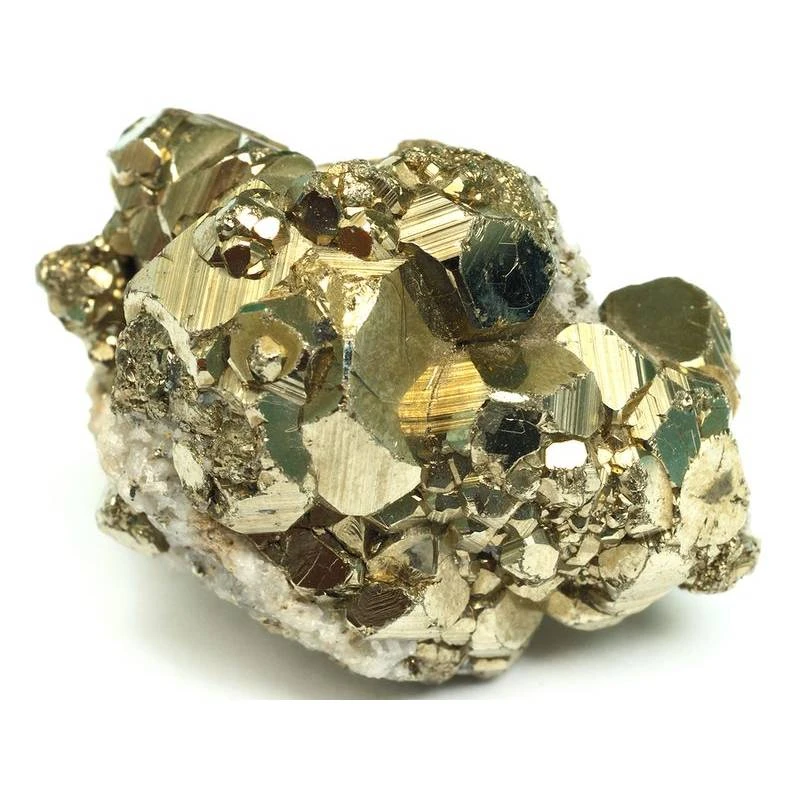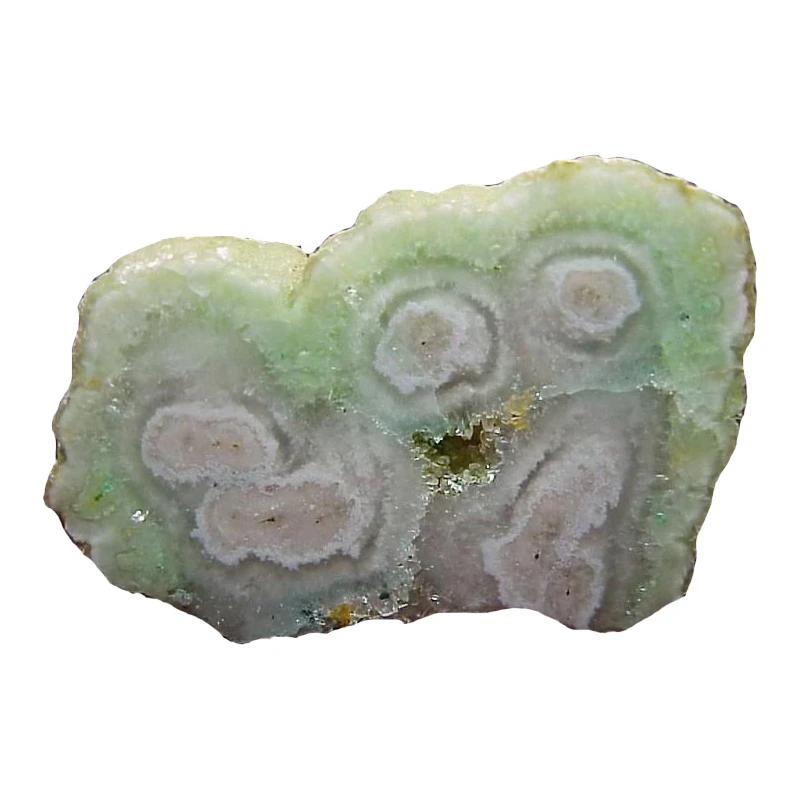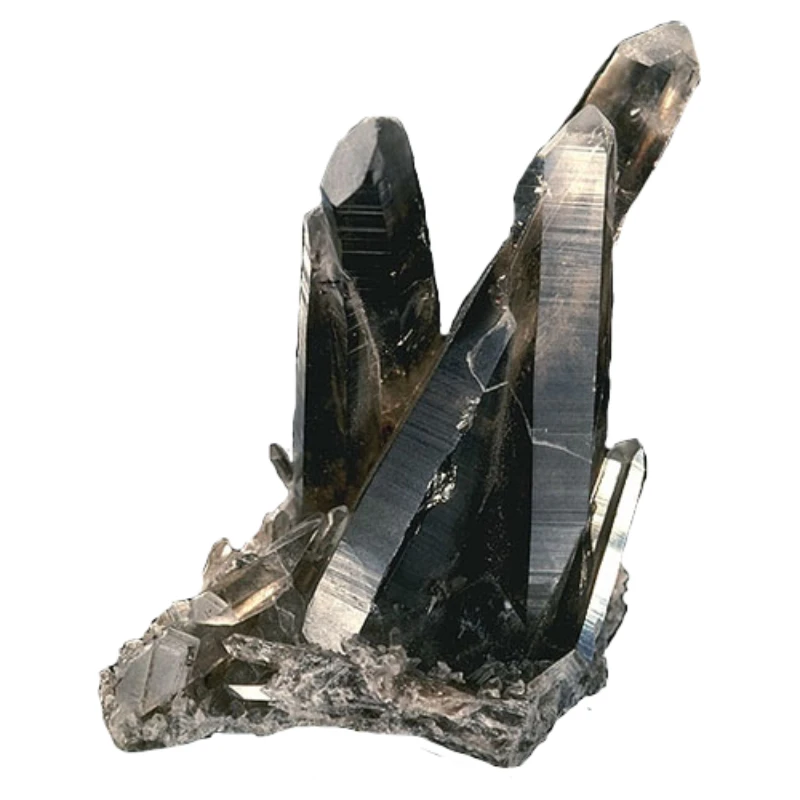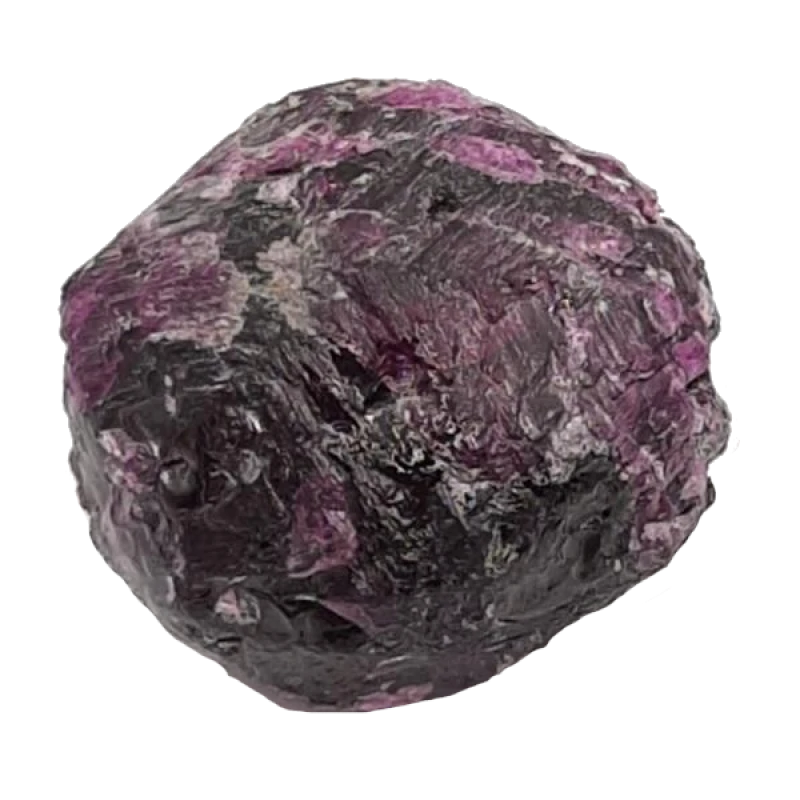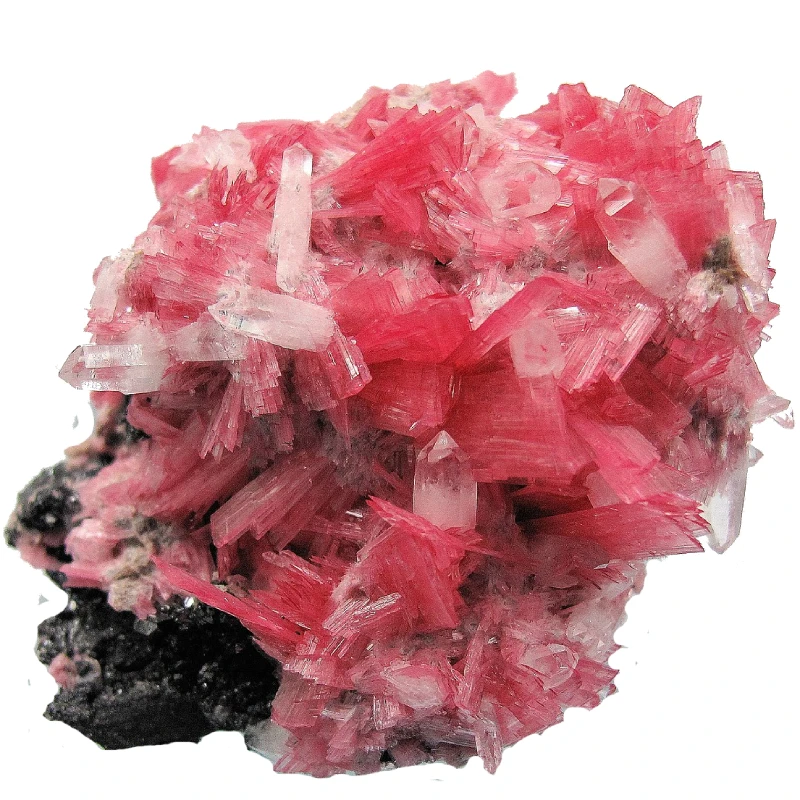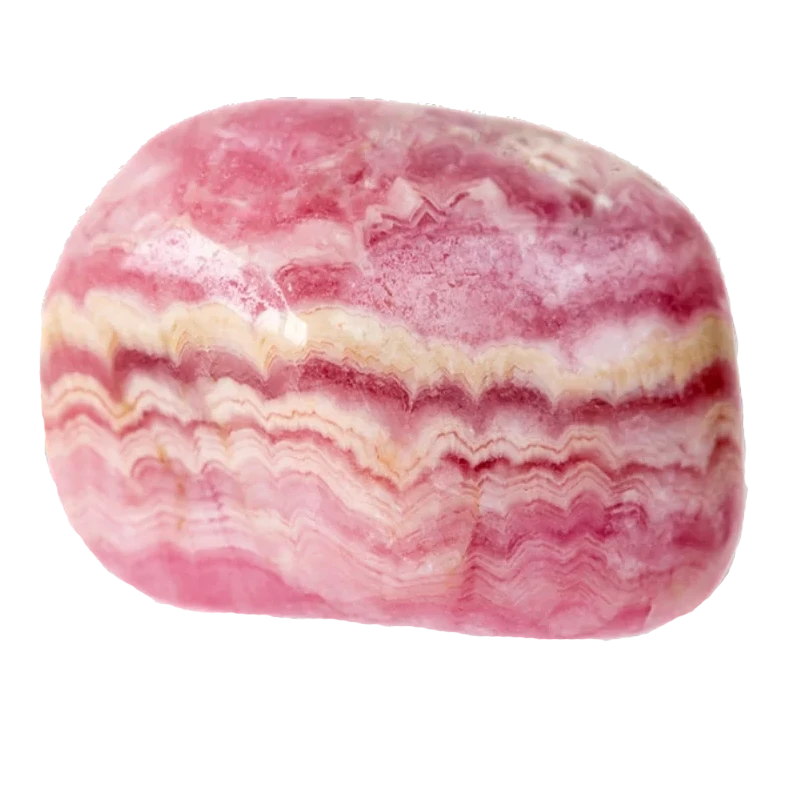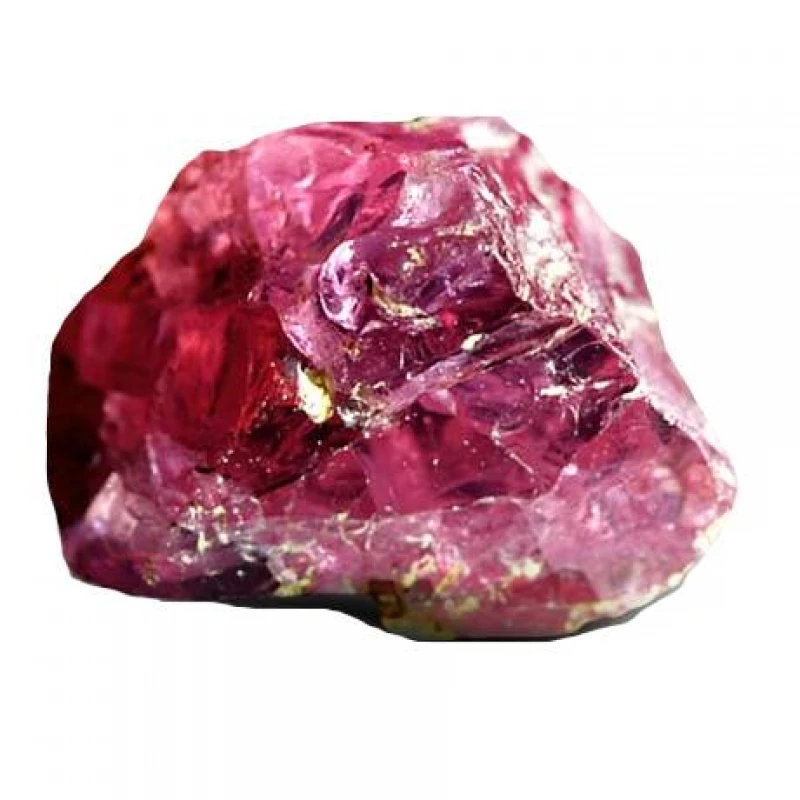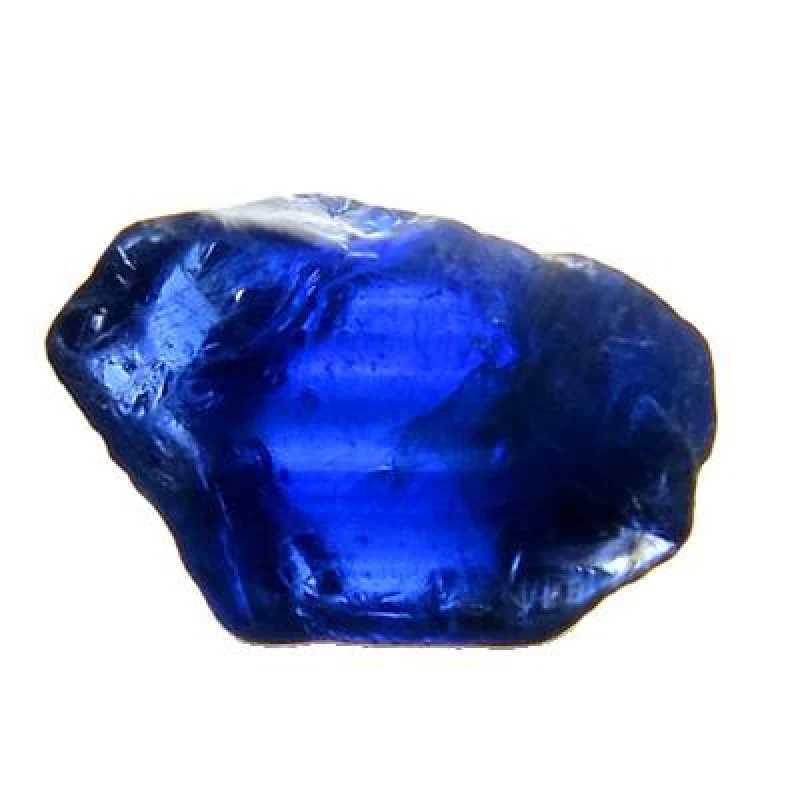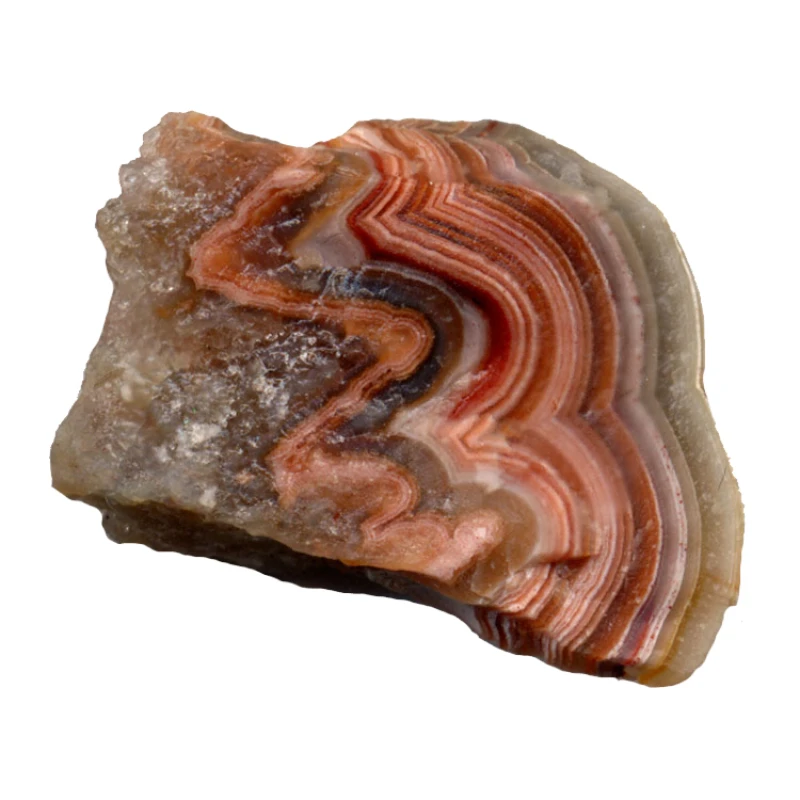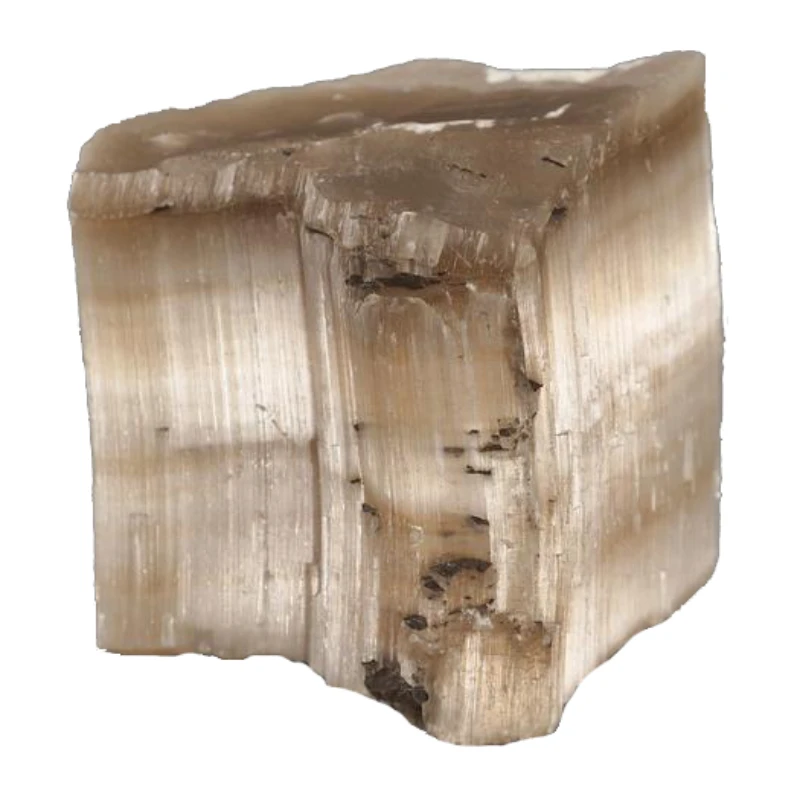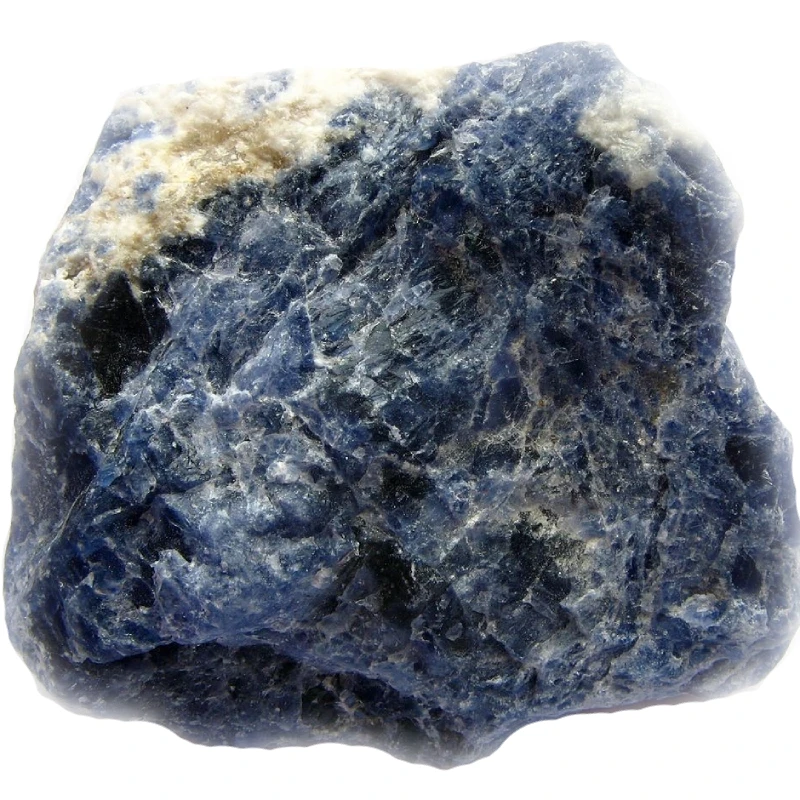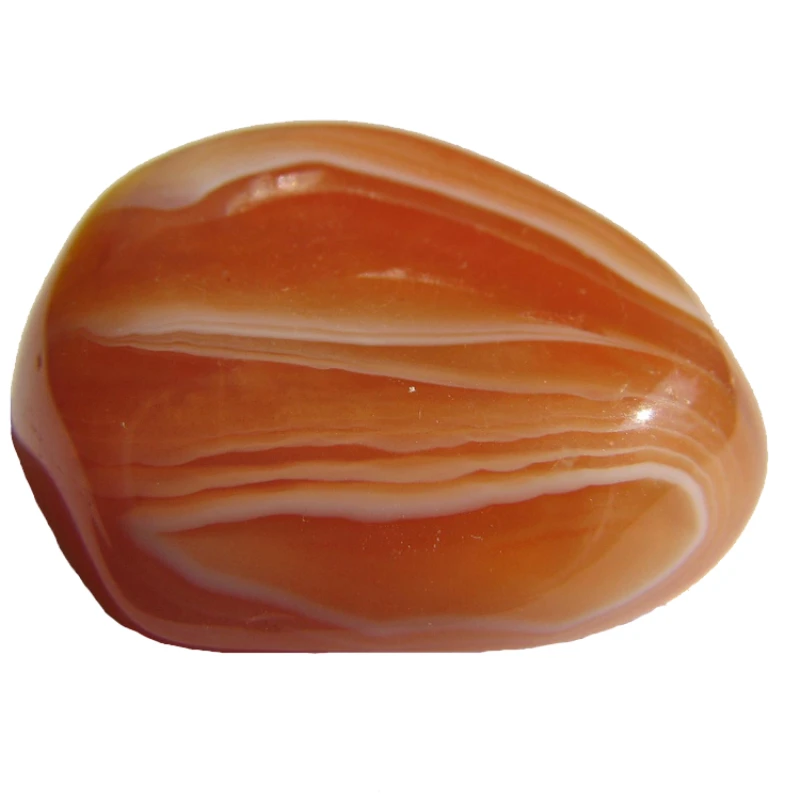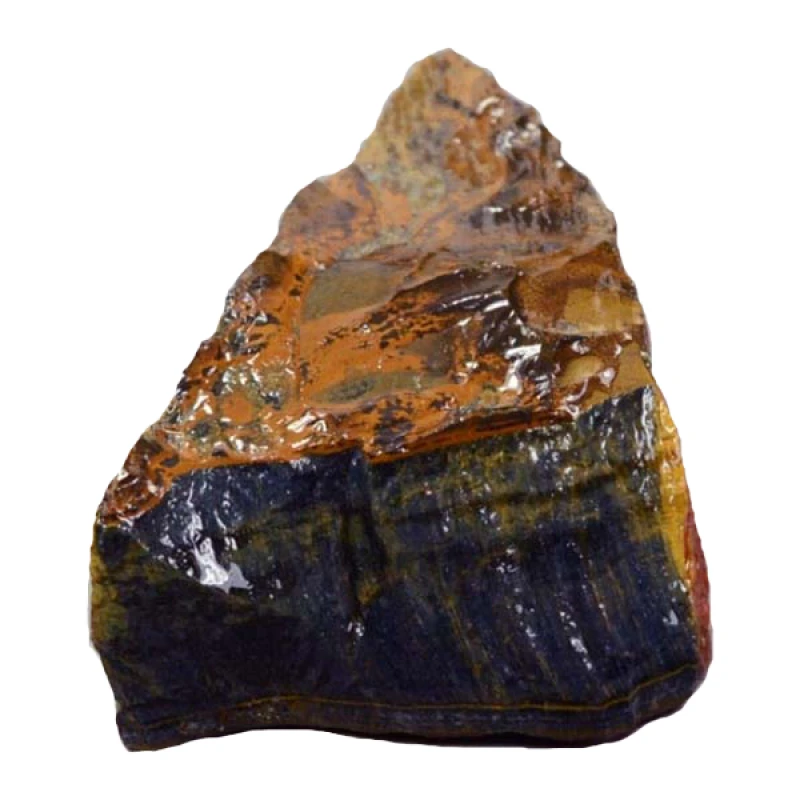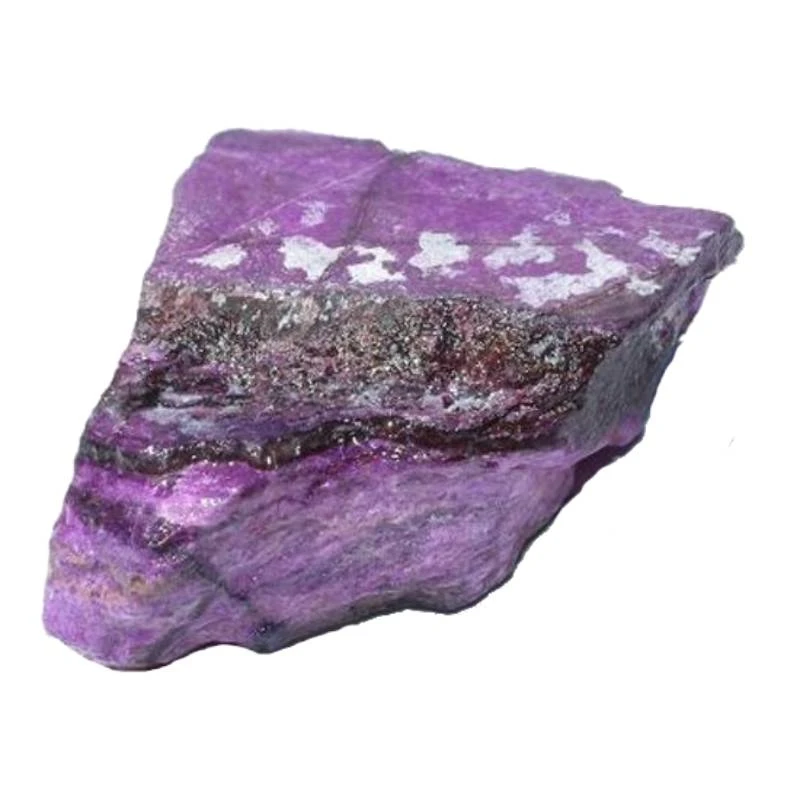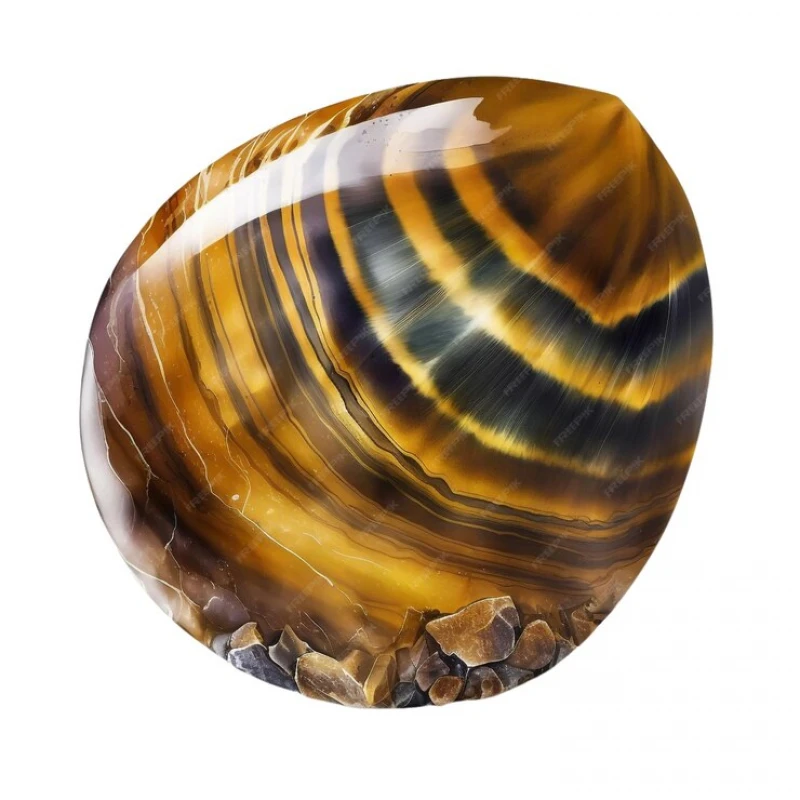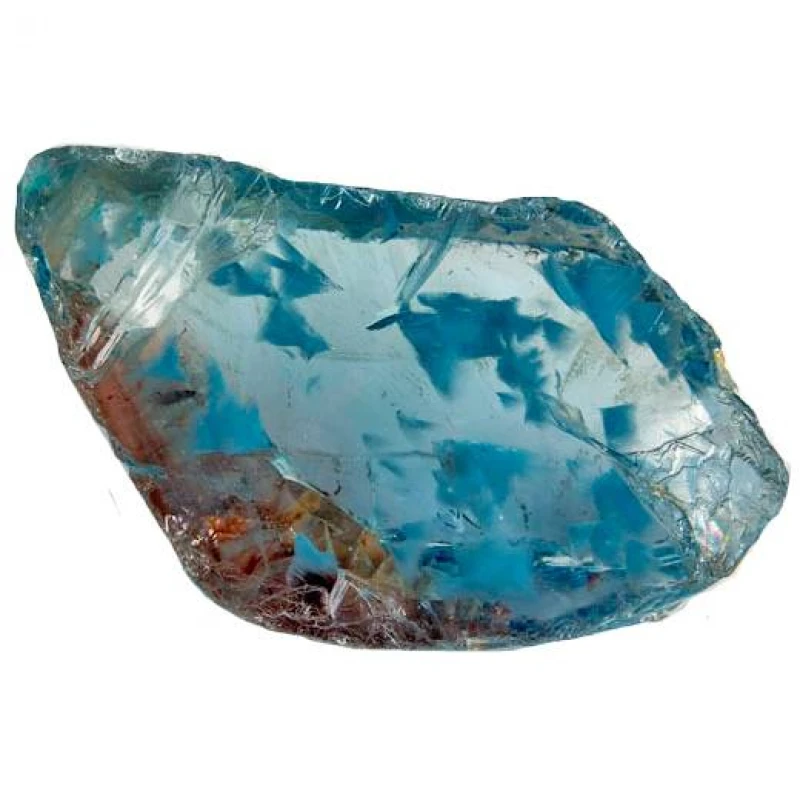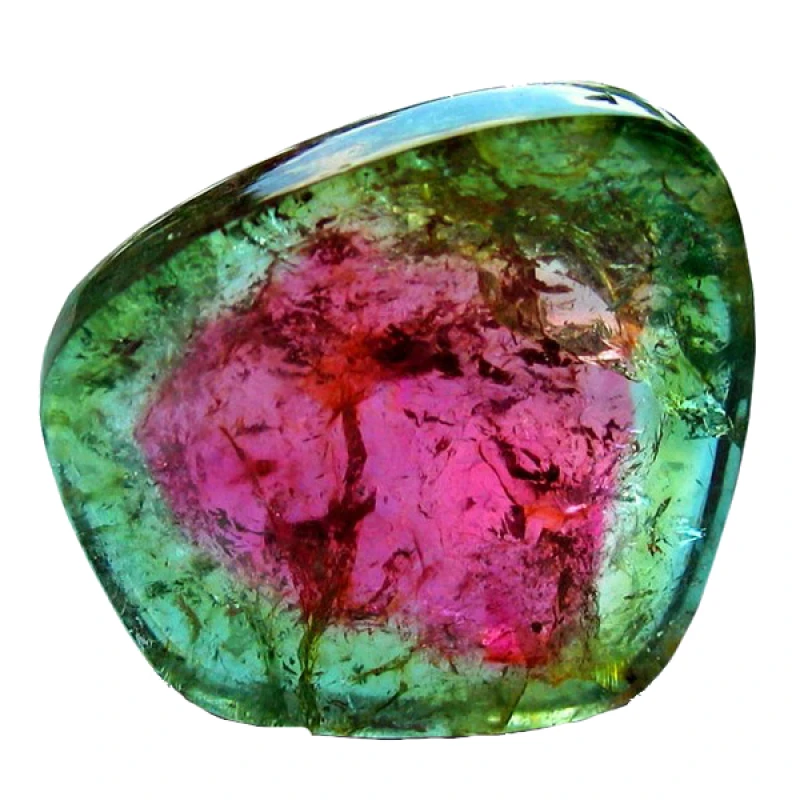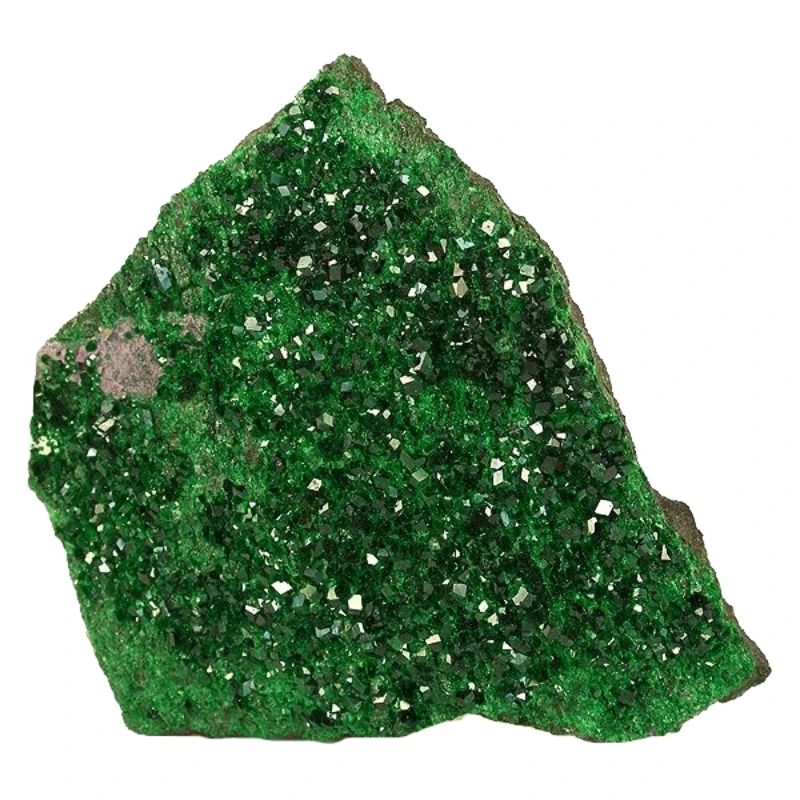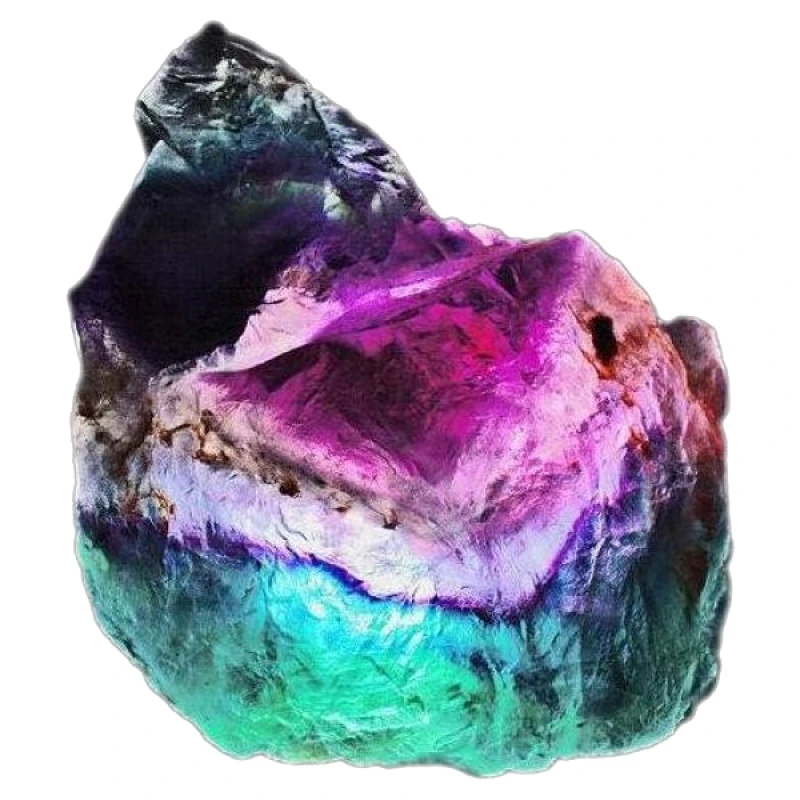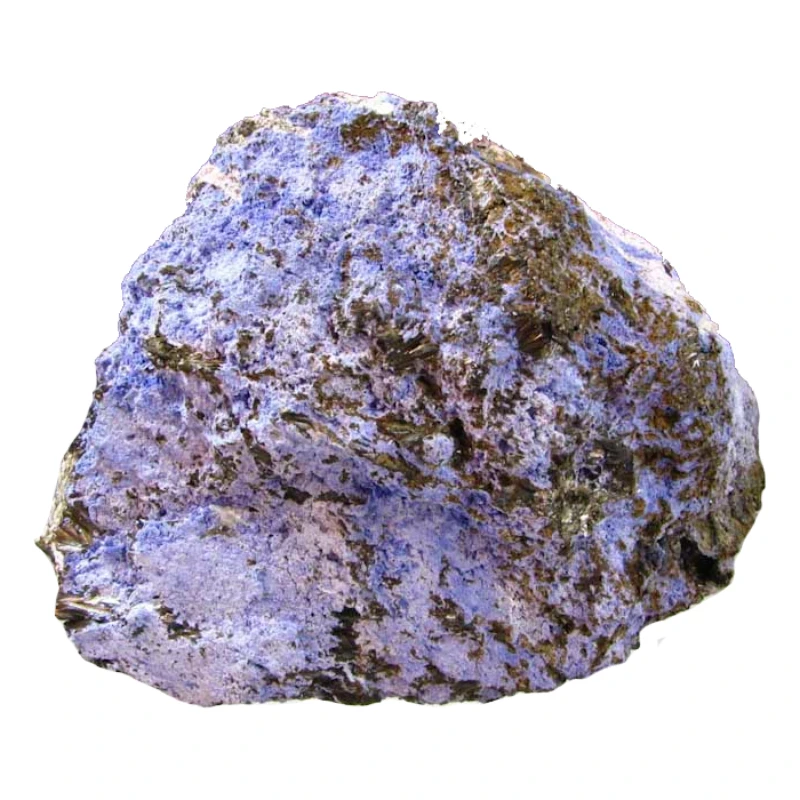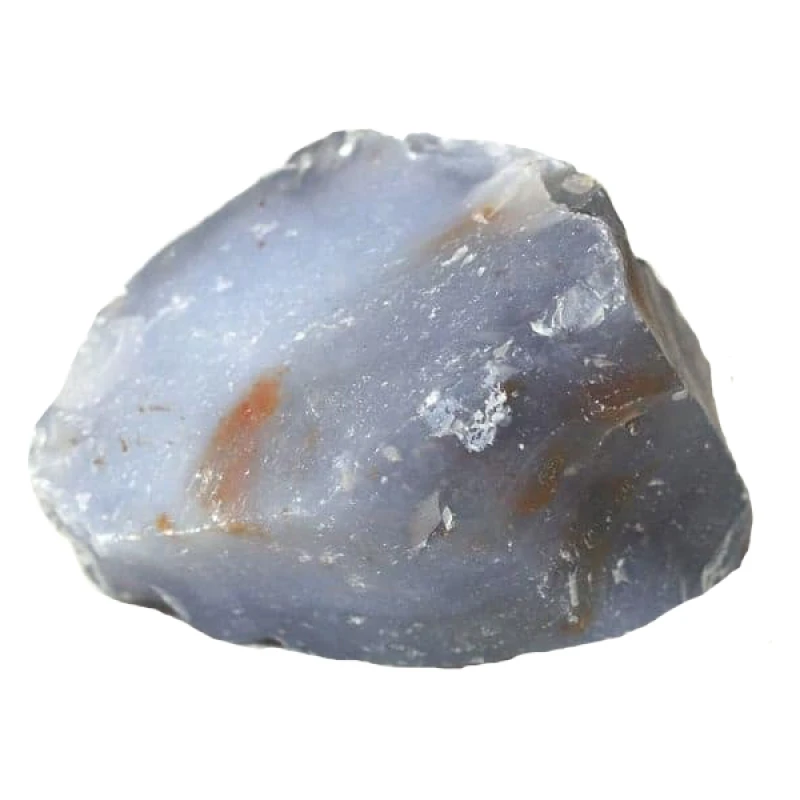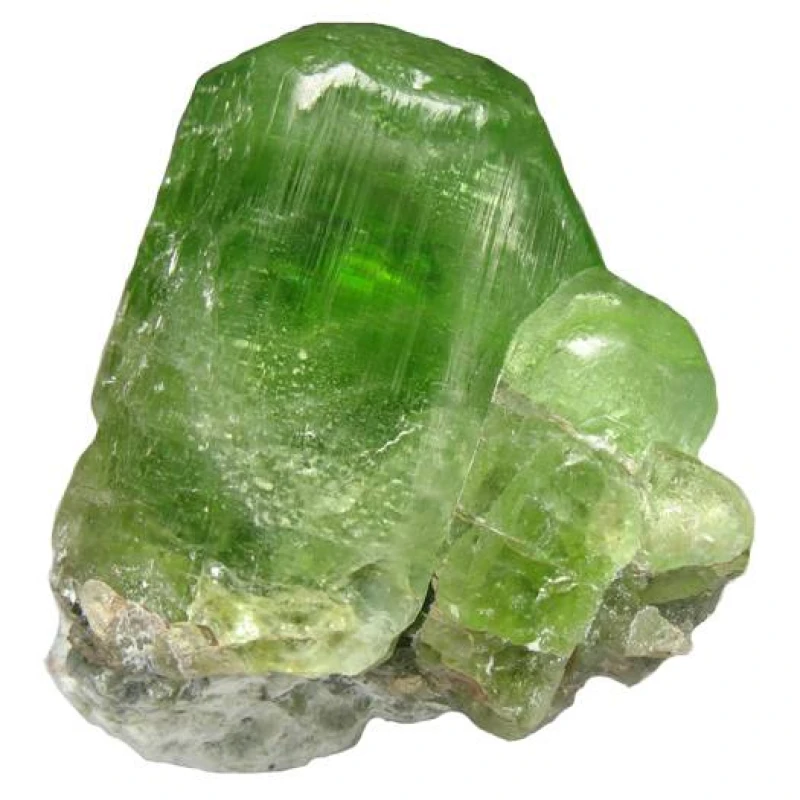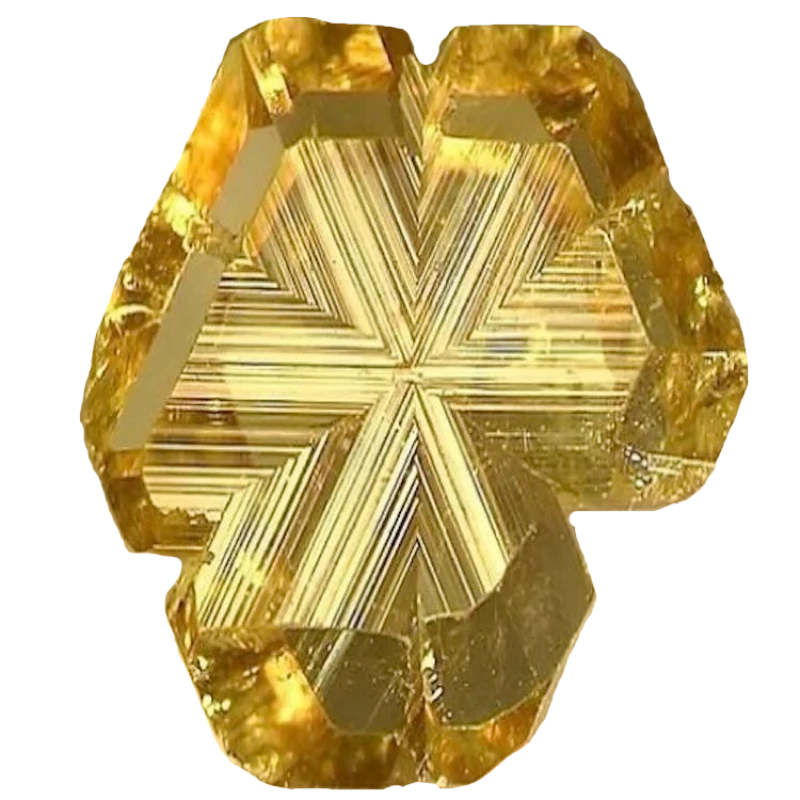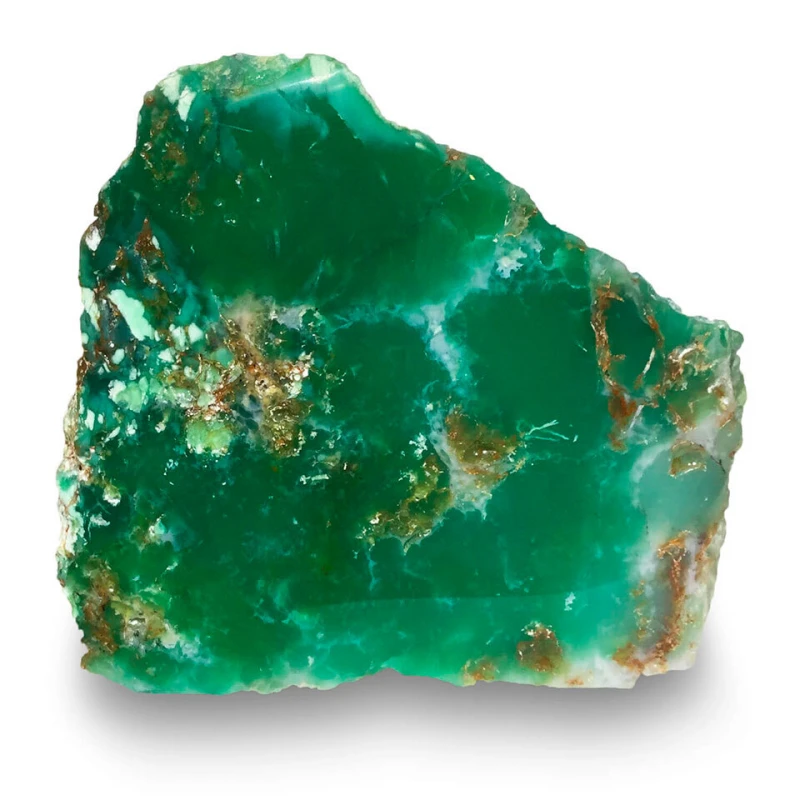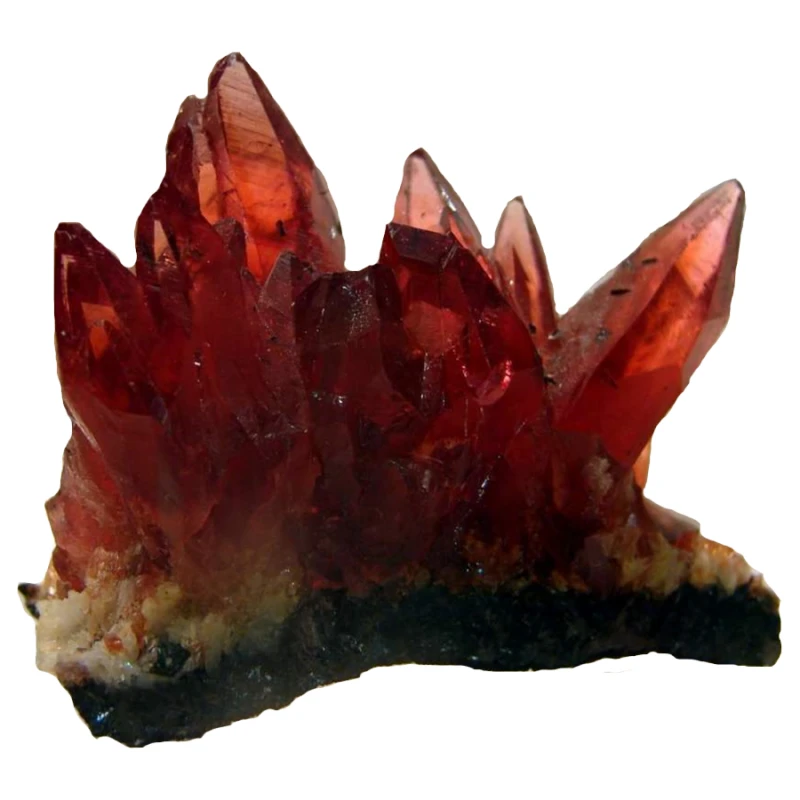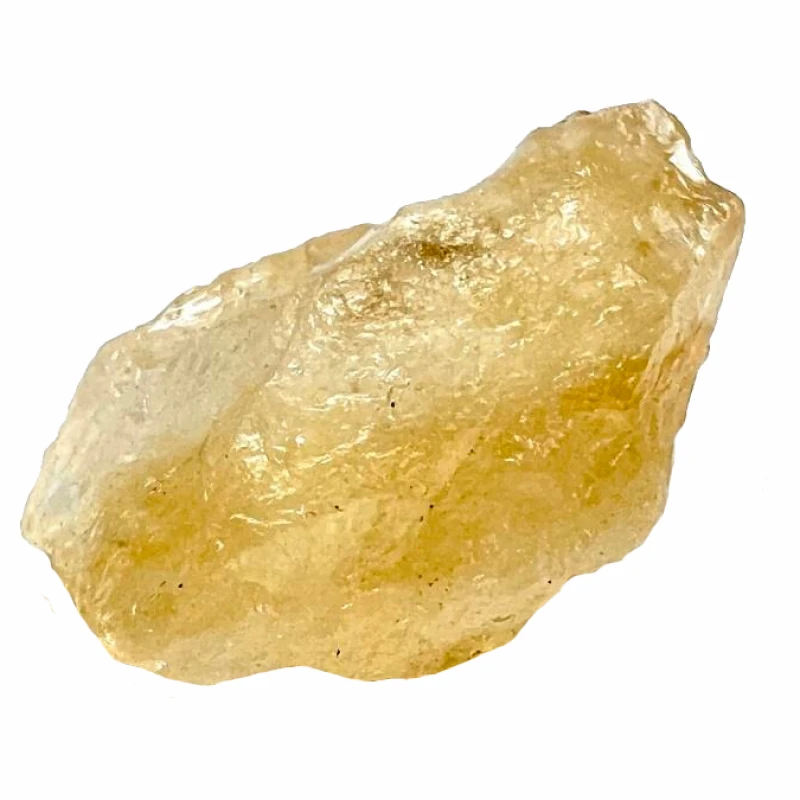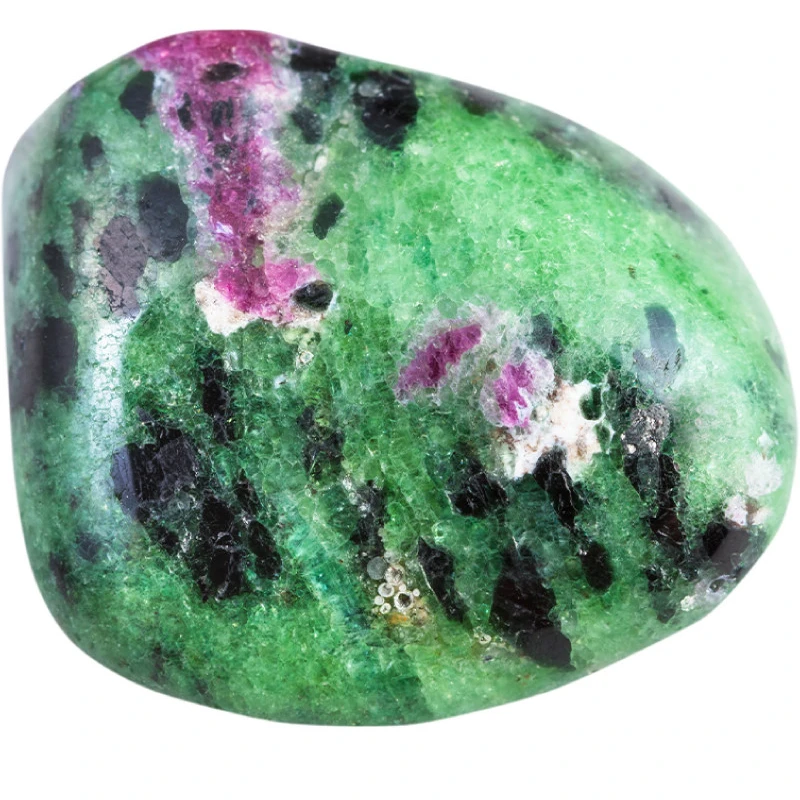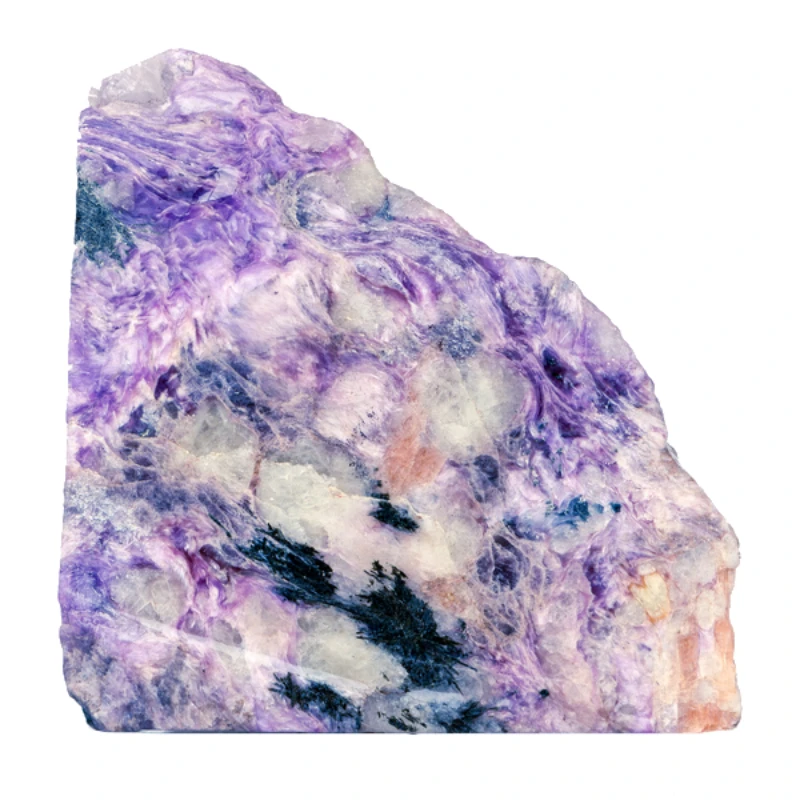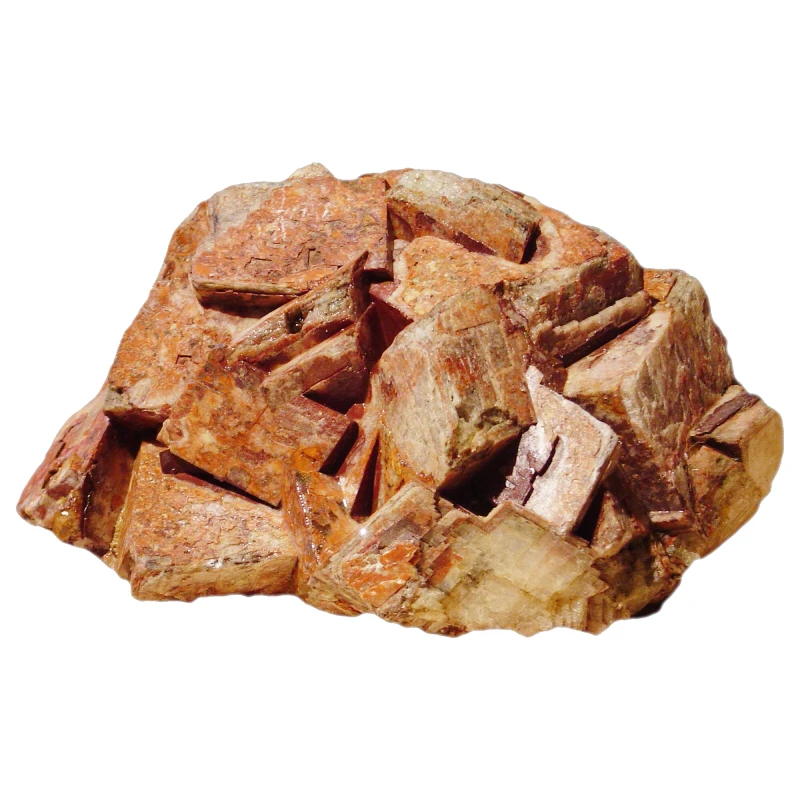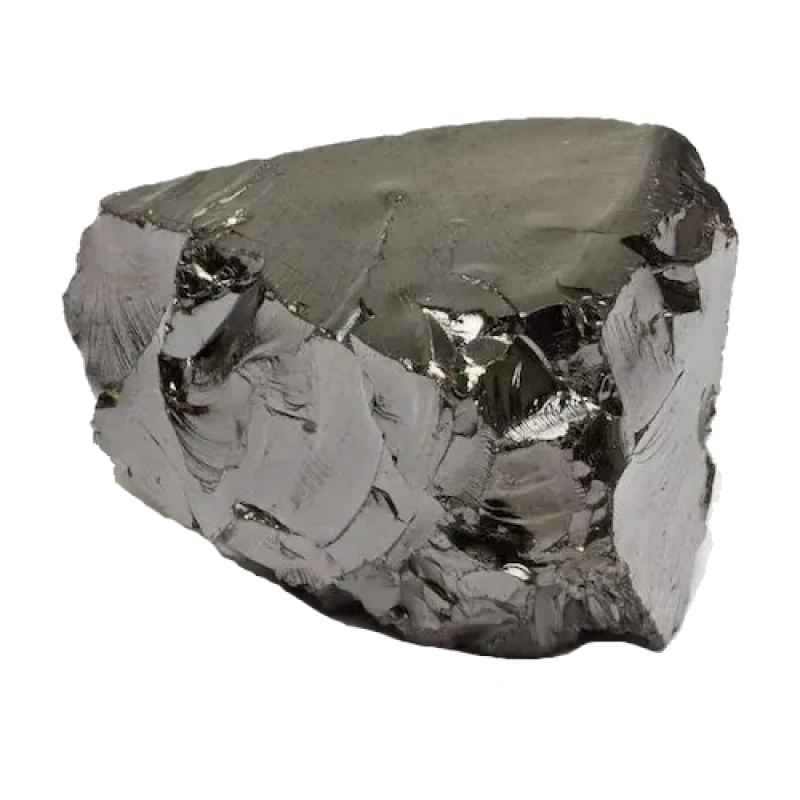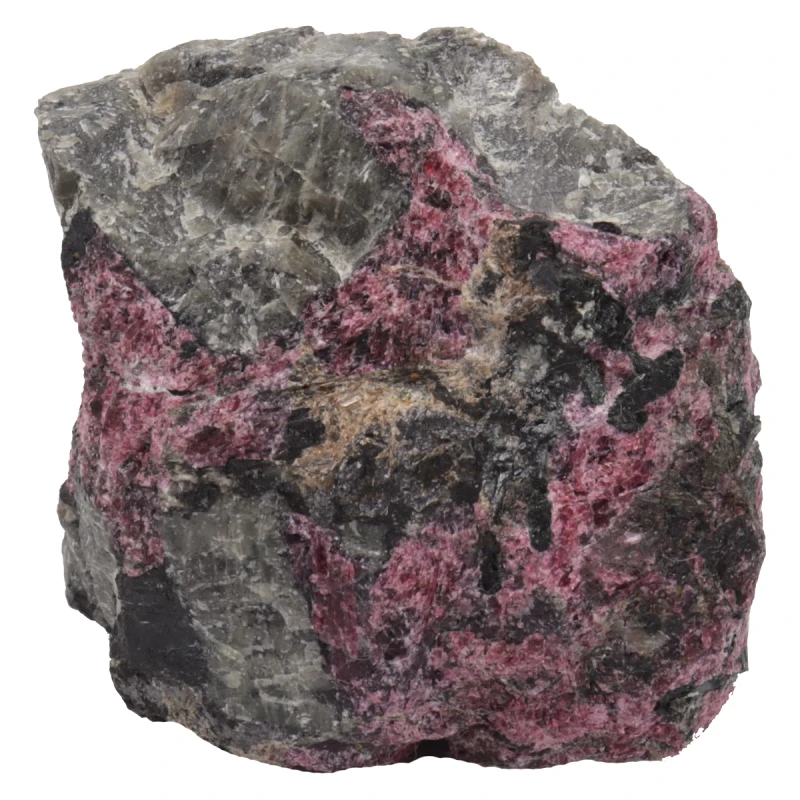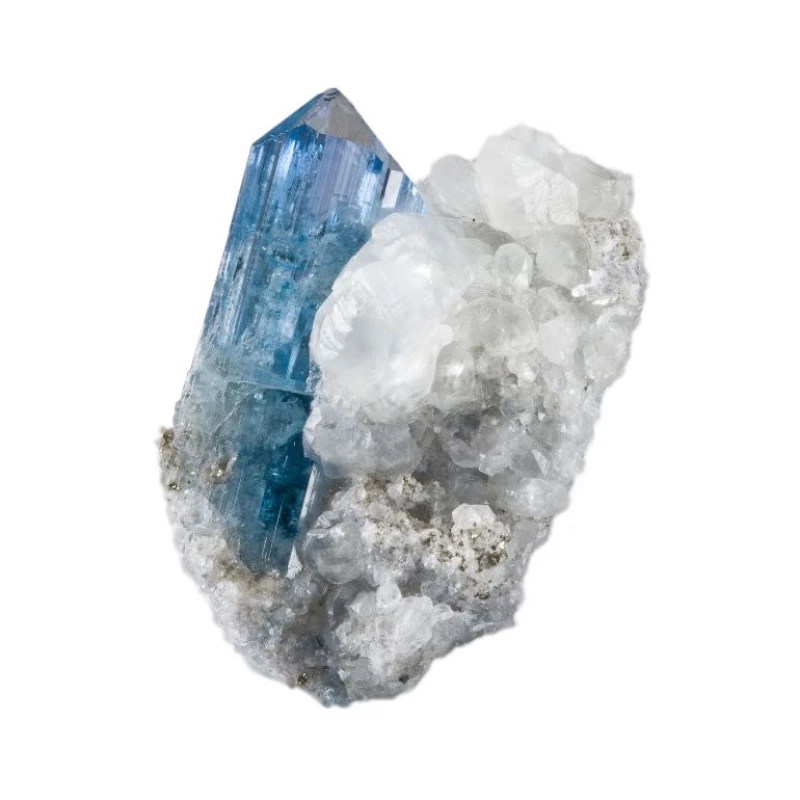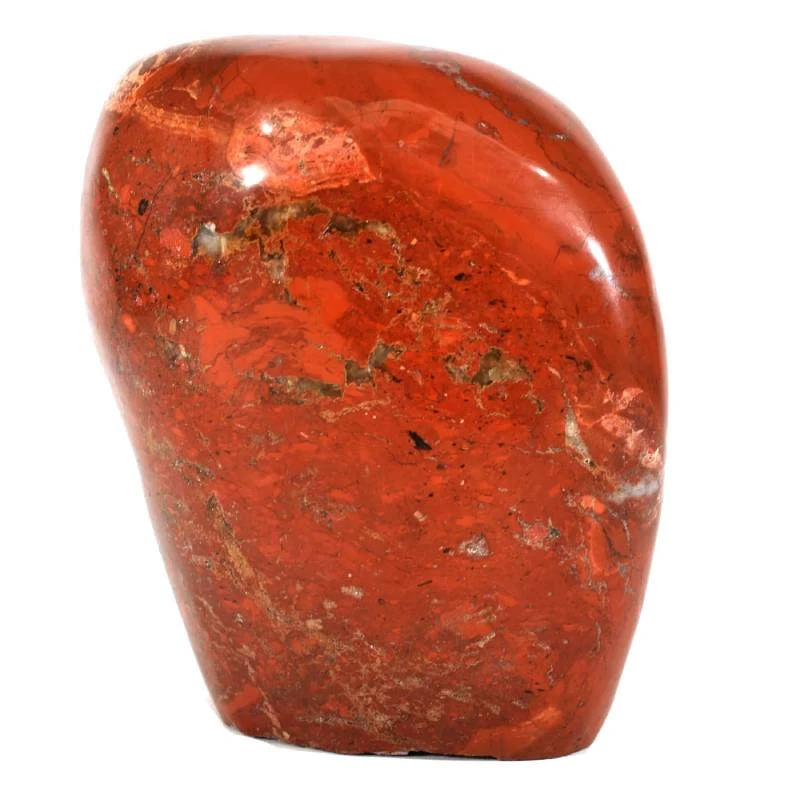Aquamarine
Stone History
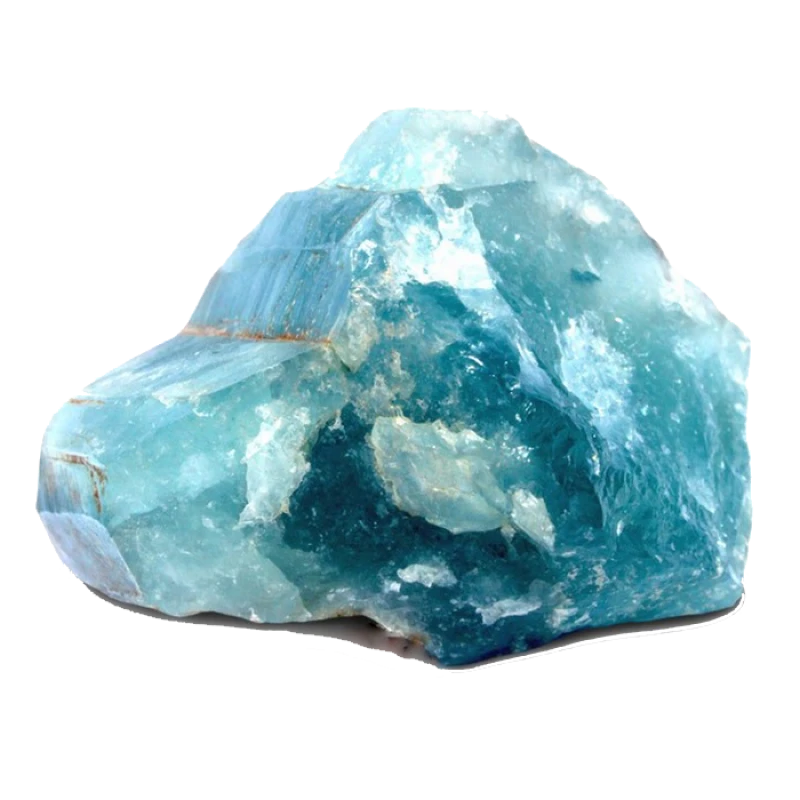
Aquamarine is a beautiful mineral from the beryl family, with colors ranging from pale blue to deep blue. Here's a brief history of this stone:
-
Name Origin: The name “aquamarine” comes from the Latin words aqua (water) and mare (sea), meaning “sea water.” It was named so because of its color, which resembles the hue of ocean water.
-
Ancient Civilizations: Aquamarine was known and valued since ancient times. In Ancient Egypt, it was used to create jewelry and amulets, believed to have protective properties and to bring good luck.
-
Greek Mythology: In Greek mythology, aquamarine was associated with the sea goddess Aphrodite and considered a sacred stone that protected sailors and brought them good fortune during voyages.
-
Foresight and Divination: Ancient people believed aquamarine had the power to predict the future and help its owner make the right decisions.
-
Legends and Superstitions: In the Middle Ages, aquamarine was regarded as a magical stone that protected its wearer from evil spirits, deception, and poisoning.
Today, aquamarine remains one of the most popular and valuable semi-precious stones, widely used in jewelry and appreciated for its beauty and mystical qualities.
Zodiac
Aquamarine, with its connection to water and the sea, is associated with several zodiac signs, but is most often linked with Pisces.
However, it is not recommended for Sagittarius and Gemini to wear aquamarine accessories.
Element
Aquamarine is associated with the Water element. Water symbolizes flow, movement, and harmony, and aquamarine can help support these qualities in its wearer.
Planet
In astrology, aquamarine is associated with the Moon, as the Moon governs the element of water, including tides and emotional rhythms.
Colors
Aquamarine can vary in color from pale blue to deep blue with greenish hues. Here are some common shades:
-
Pale Blue: The most frequently found aquamarines, resembling the sky or icy water. This shade is typical for stones with low iron content.
-
Deep Blue: Some aquamarines have a more intense blue tone, closer to navy, giving them a rich and vibrant appearance.
-
Blue-Green: Some stones show a mixture of blue and green, creating a "marine" or "lagoon" effect.
-
Grayish Blue: Sometimes aquamarines have a grayish-blue hue, which gives them a cool and misty appearance.
The color depends on the quality, origin, and treatment of the stone.
Chakra
Aquamarine is commonly associated with the Throat Chakra (Vishuddha), located in the throat area and linked to communication, self-expression, and truth. Aquamarine supports this chakra in the following ways:
-
Improving Communication: It enhances both verbal and non-verbal expression, helping convey thoughts and emotions clearly and effectively.
-
Self-Expression and Creativity: Aquamarine stimulates personal expression and supports creativity, freeing one from fear and limiting beliefs.
-
True Self-Expression: Encourages honesty and authenticity, helping the wearer express their true essence without fear or doubt.
-
Energetic Cleansing: It clears blockages and negative energies in the throat chakra, restoring harmony and balance.
You can use aquamarine in meditation, wear it, or place it on the throat chakra during relaxation sessions to enhance communication and energetic flow.
Magical Properties
Aquamarine not only captivates with its beauty but also holds magical properties for various practices:
-
Protection for Travelers and Sailors: Connected with water and the sea, it is often used for protection during sea voyages and water-related rituals.
-
Attracting Luck and Success: Believed to attract luck and success, especially in communication, creativity, and self-expression.
-
Enhancing Relationships: Aquamarine improves communication and mutual understanding, helping resolve conflicts and strengthen bonds.
-
Stimulating Intuition and Clairvoyance: It is thought to enhance spiritual insight and help receive messages from higher realms.
-
Aura Cleansing and Protection: Clears negative energies from the aura and protects against harmful influences.
-
Empowering Confidence: Strengthens self-expression and confidence, making it a valuable tool for public speaking and creative professions.
-
Attracting Love and Harmony: Promotes peace and harmony, attracting love and improving relationships.
Note: Magical properties are subjective and may vary depending on beliefs and personal experiences. It is important to connect with the individual energy of the stone and trust your intuition.
Healing Properties
In addition to its beauty and magical traits, aquamarine is believed to possess healing properties that benefit physical and emotional health:
-
Calming and Stress Relief: Known for its relaxing and soothing energy, aquamarine helps relieve stress, tension, and anxiety, promoting a sense of peace and well-being.
-
Cleansing and Renewal: Clears the human energy field of negativity, toxins, and emotional baggage, supporting overall renewal.
-
Immune Support: Thought to strengthen the immune system and protect against infections and diseases.
-
Improving Breathing: Its water-based energy may help ease respiratory issues, shortness of breath, and improve breathing.
-
Eye Health: Traditionally associated with vision improvement and eye care—relieves eye fatigue and offers protection from strain.
-
Cardiovascular Support: Believed to improve circulation and support heart and vascular health.
-
Pain Relief: Used by some to ease muscle and joint pain, as well as headaches and migraines.
Note: These healing properties are rooted in esoteric traditions and their effectiveness may vary from person to person.
Mining Locations
Aquamarine is mined in many parts of the world. Major deposits are found in countries rich in mineral resources:
-
Brazil: One of the world's largest producers of aquamarine, especially in Minas Gerais (Teófilandia, Xeronjinha, and other areas).
-
Mozambique: Known for significant deposits, particularly in Zambezia province (Montepuez).
-
Nigeria: Found in regions such as Equatorial State.
-
Pakistan: Notable deposits in the Hunza mountain region, including the city of Chitral.
-
Madagascar: Contains several aquamarine deposits across the island.
-
Colombia: Found in regions such as Boyacá.
Other countries with known aquamarine deposits include Afghanistan, Kenya, Zambia, and more.
Other articles in this section
